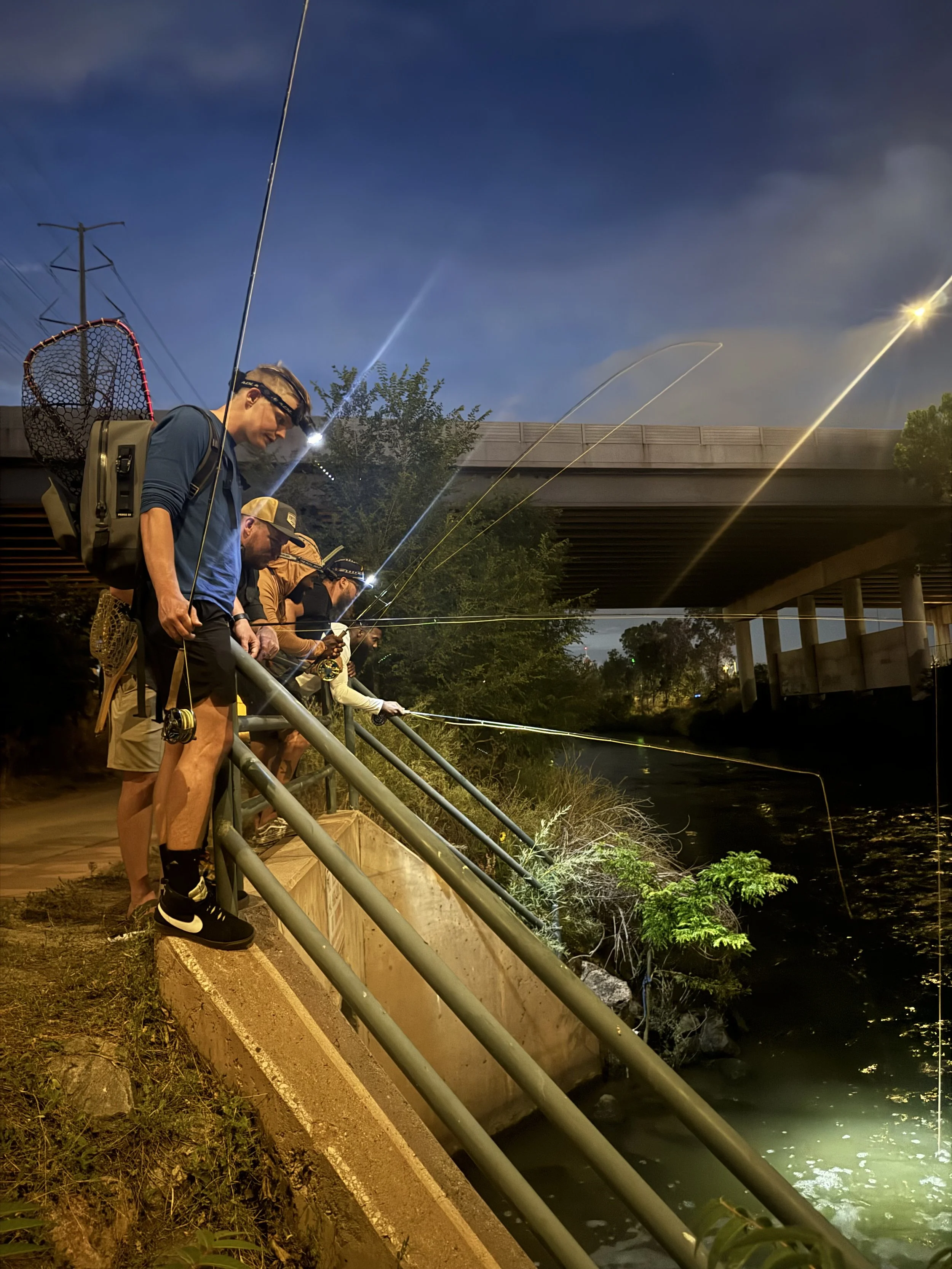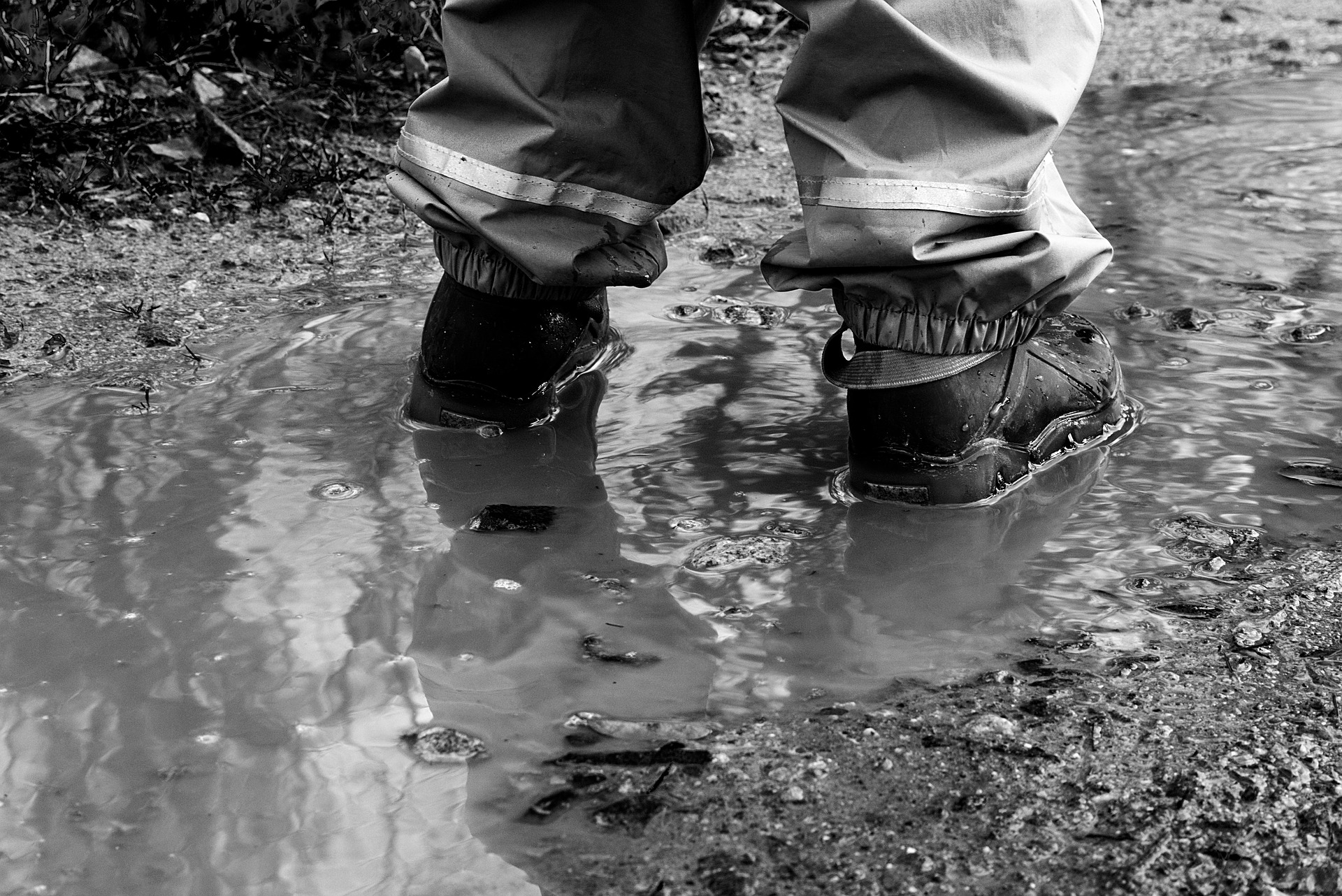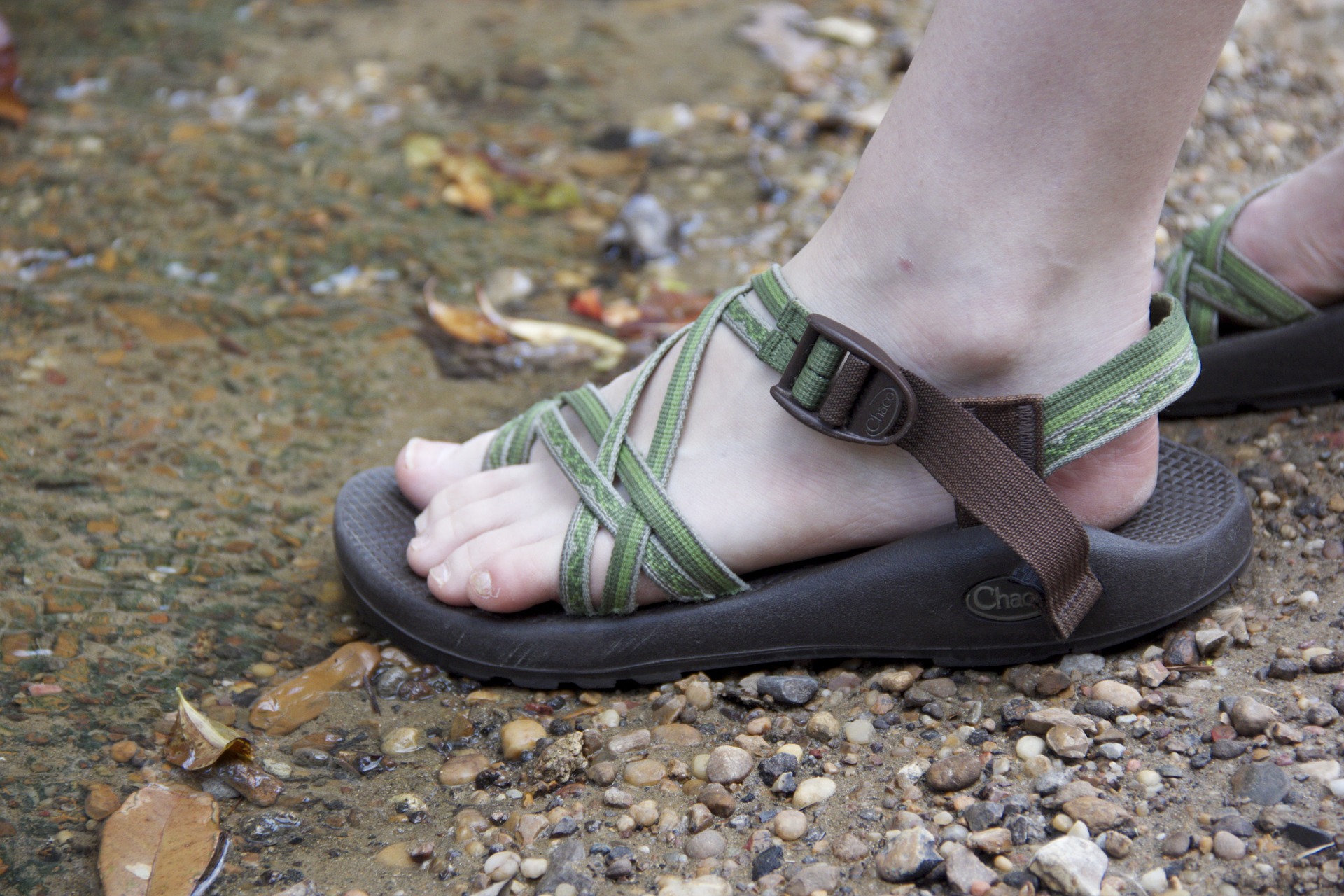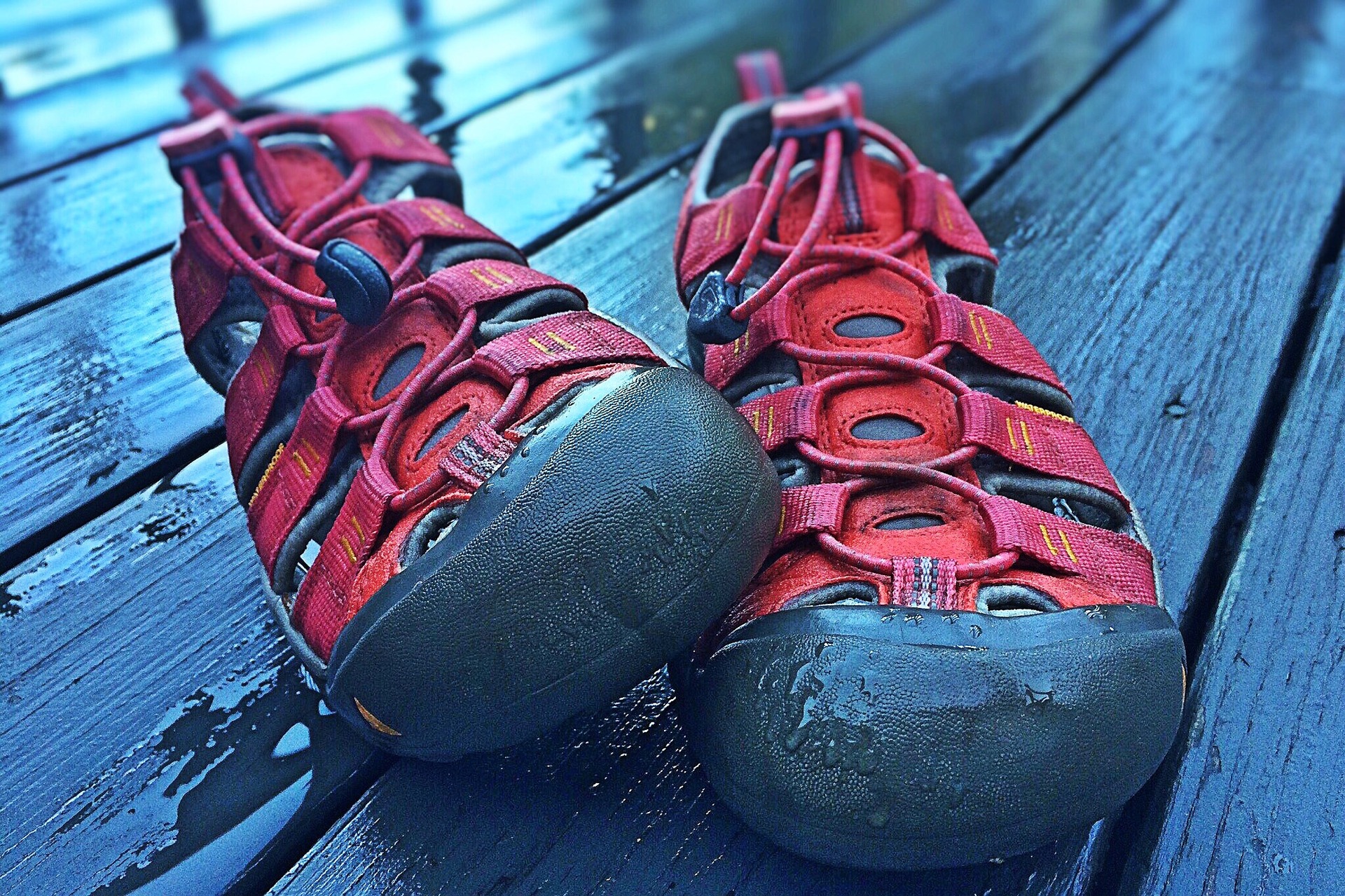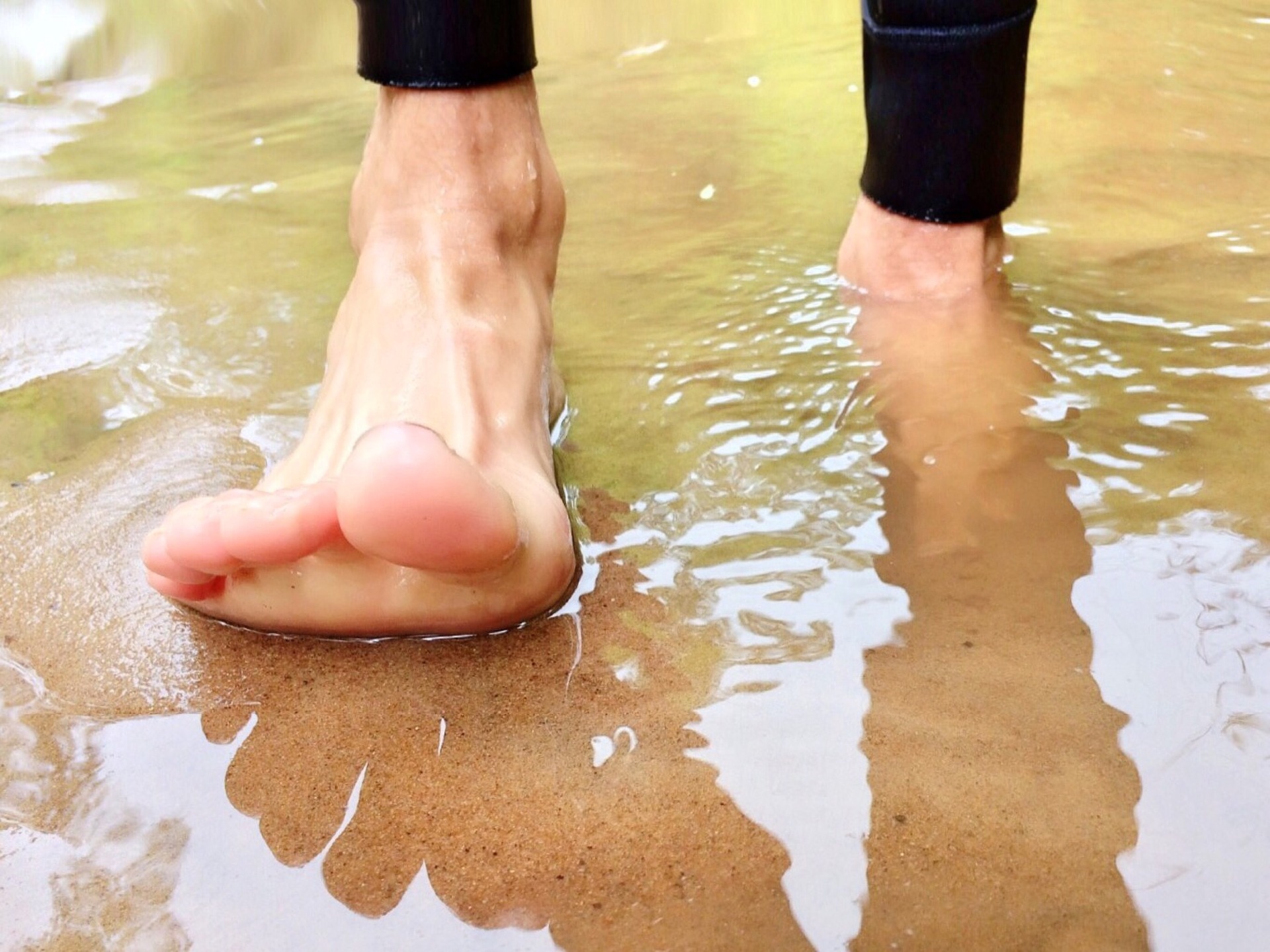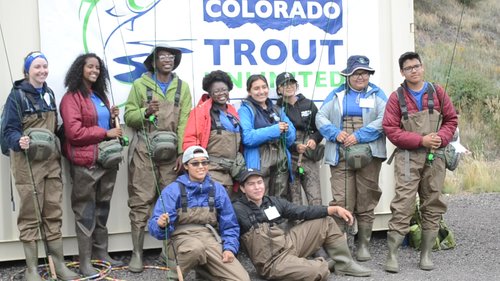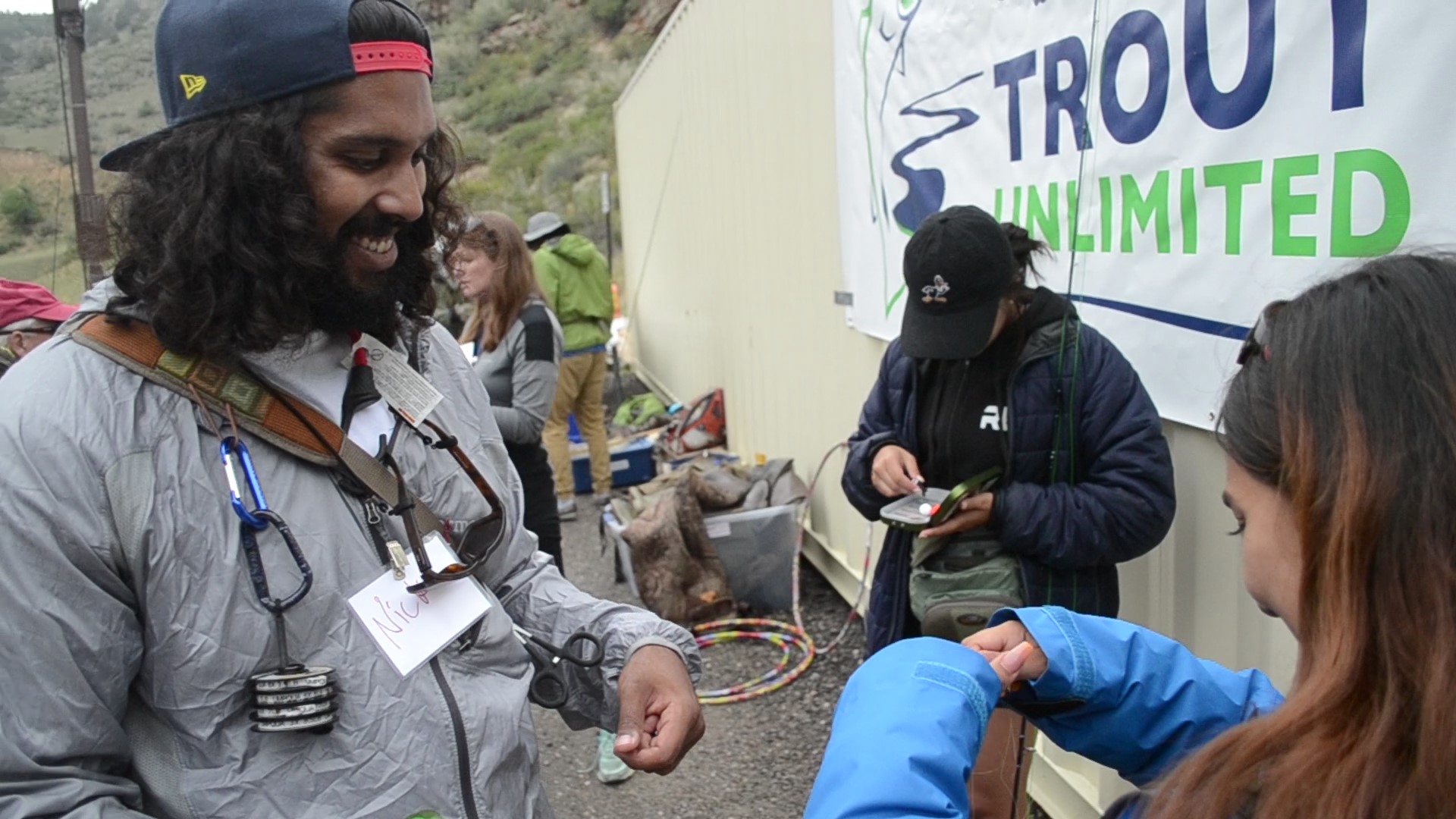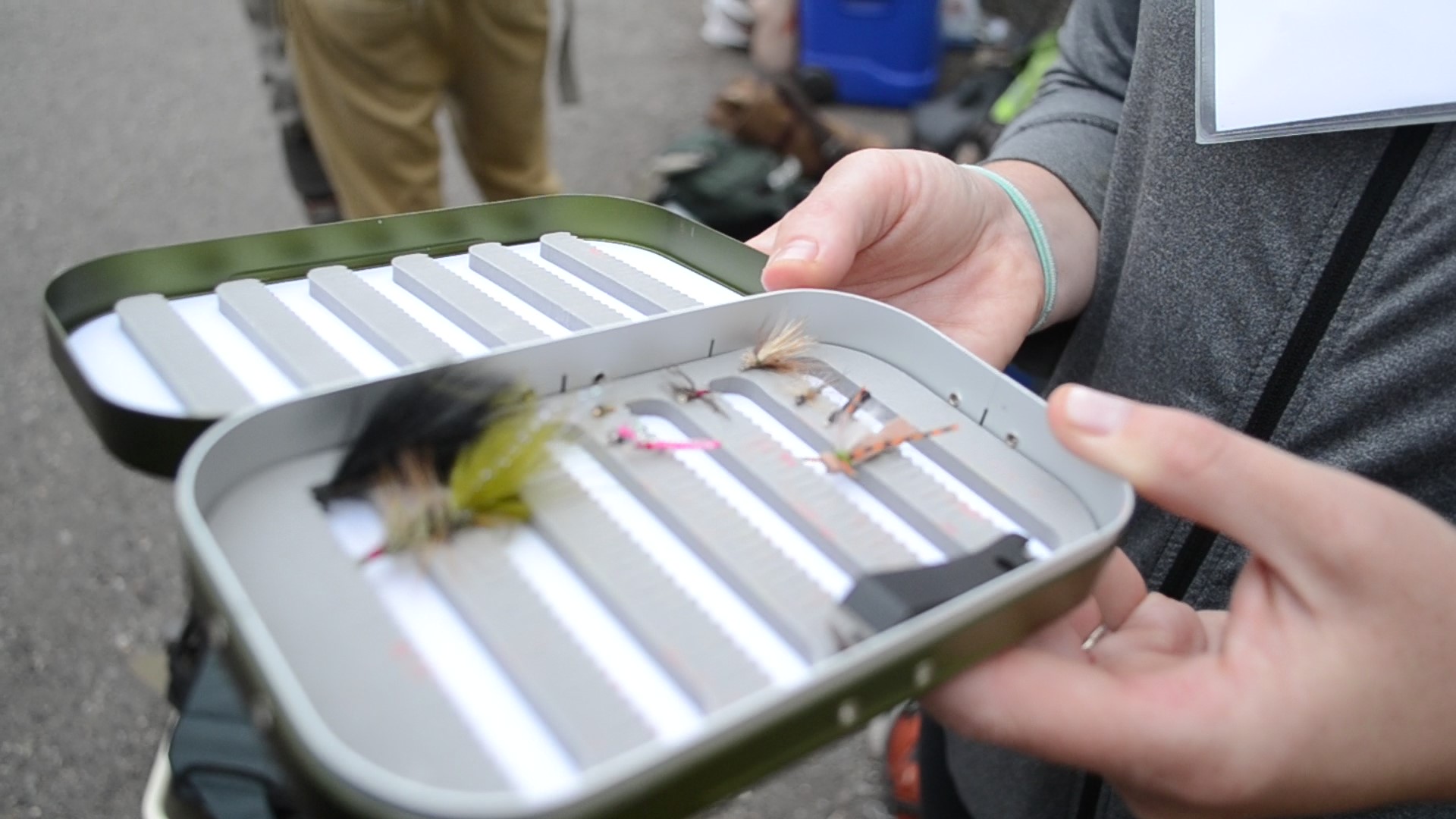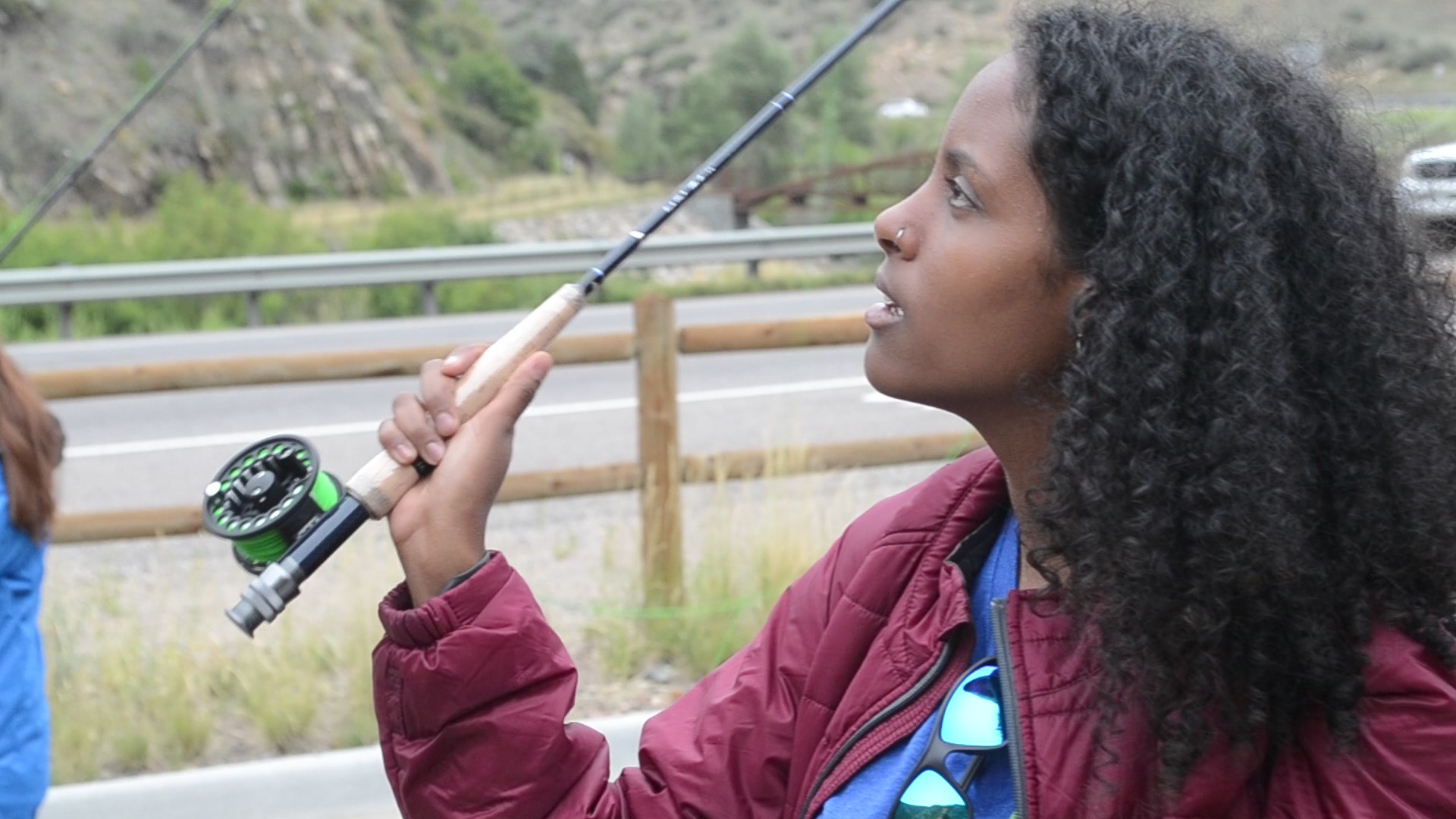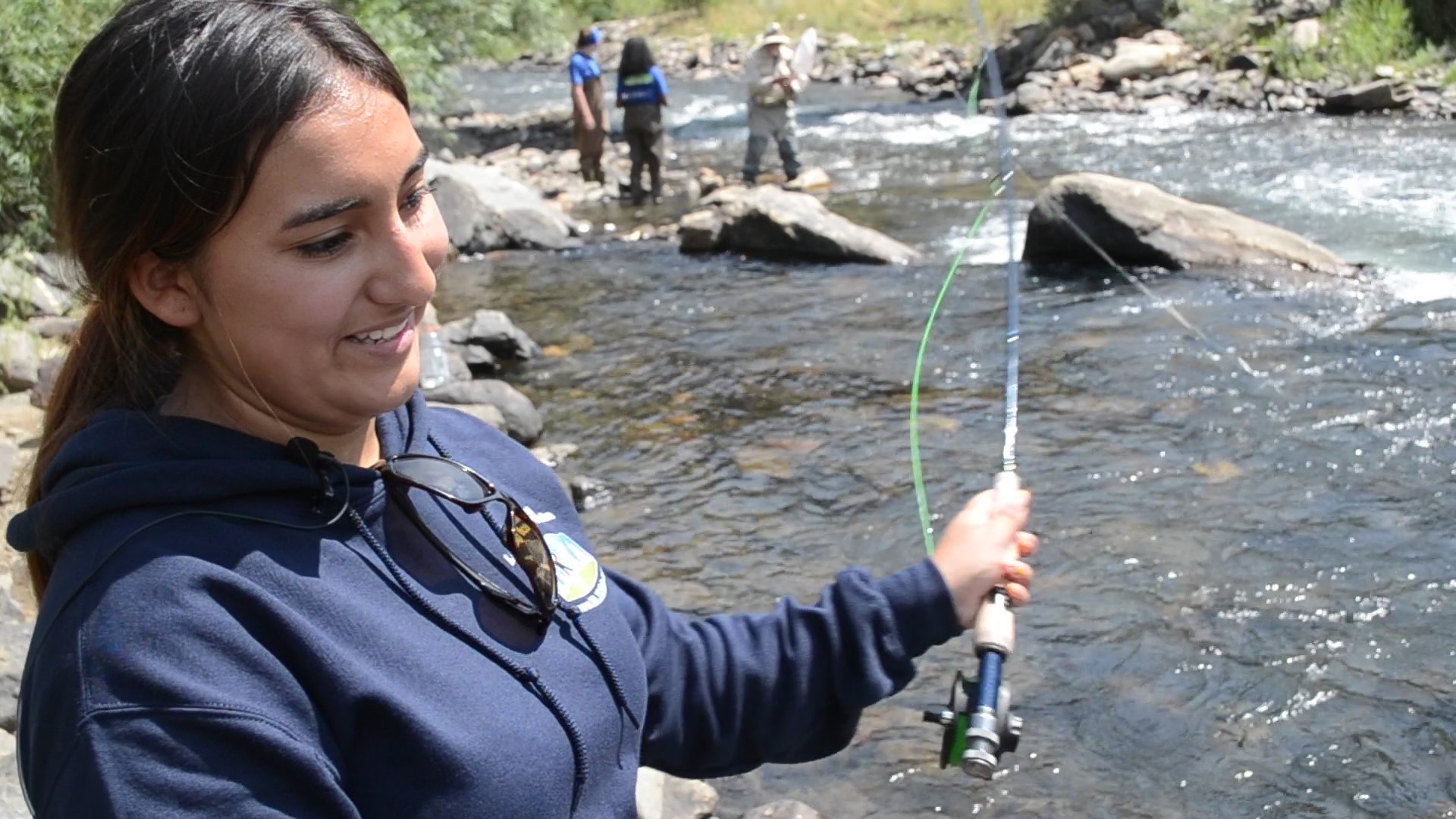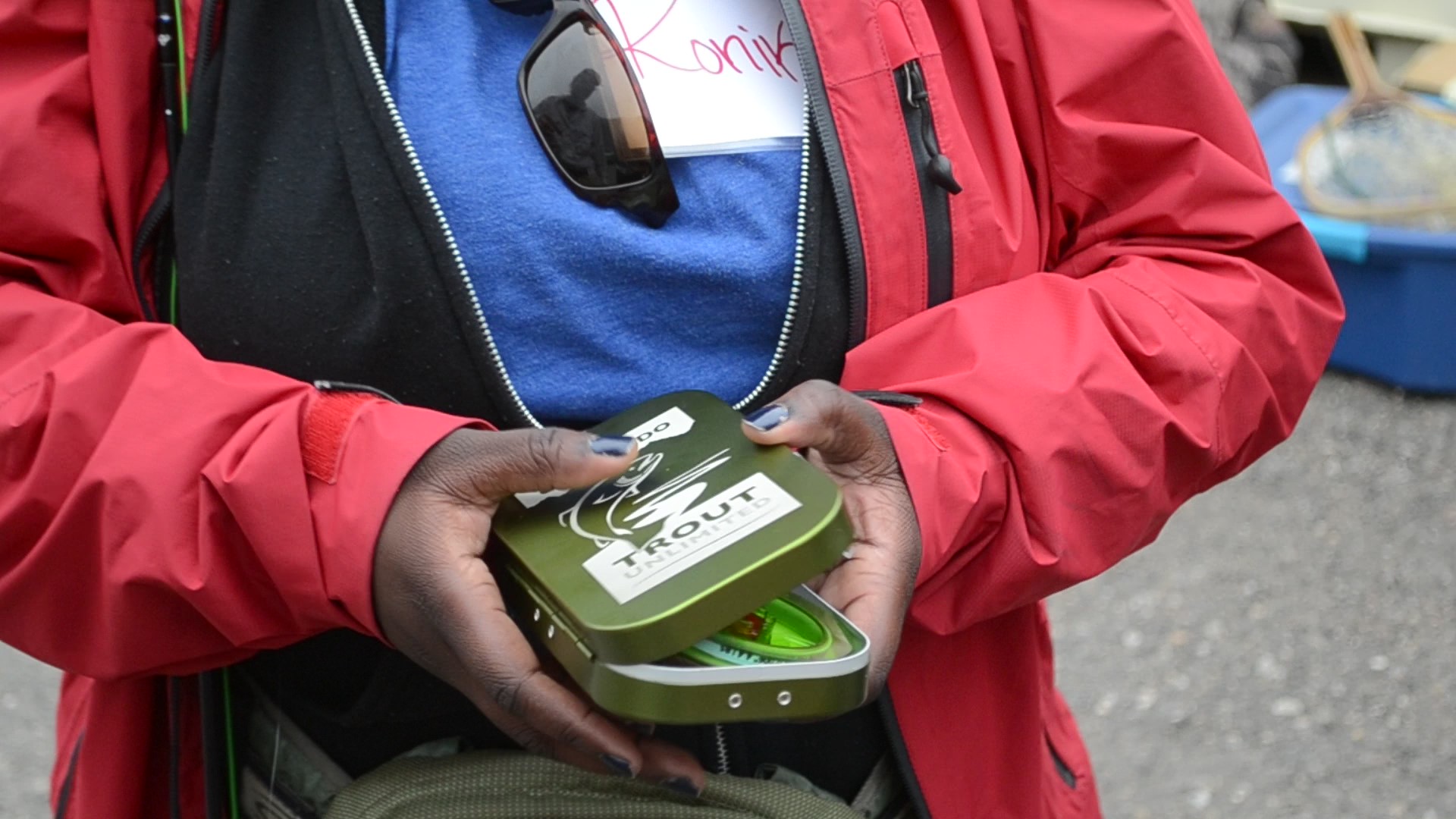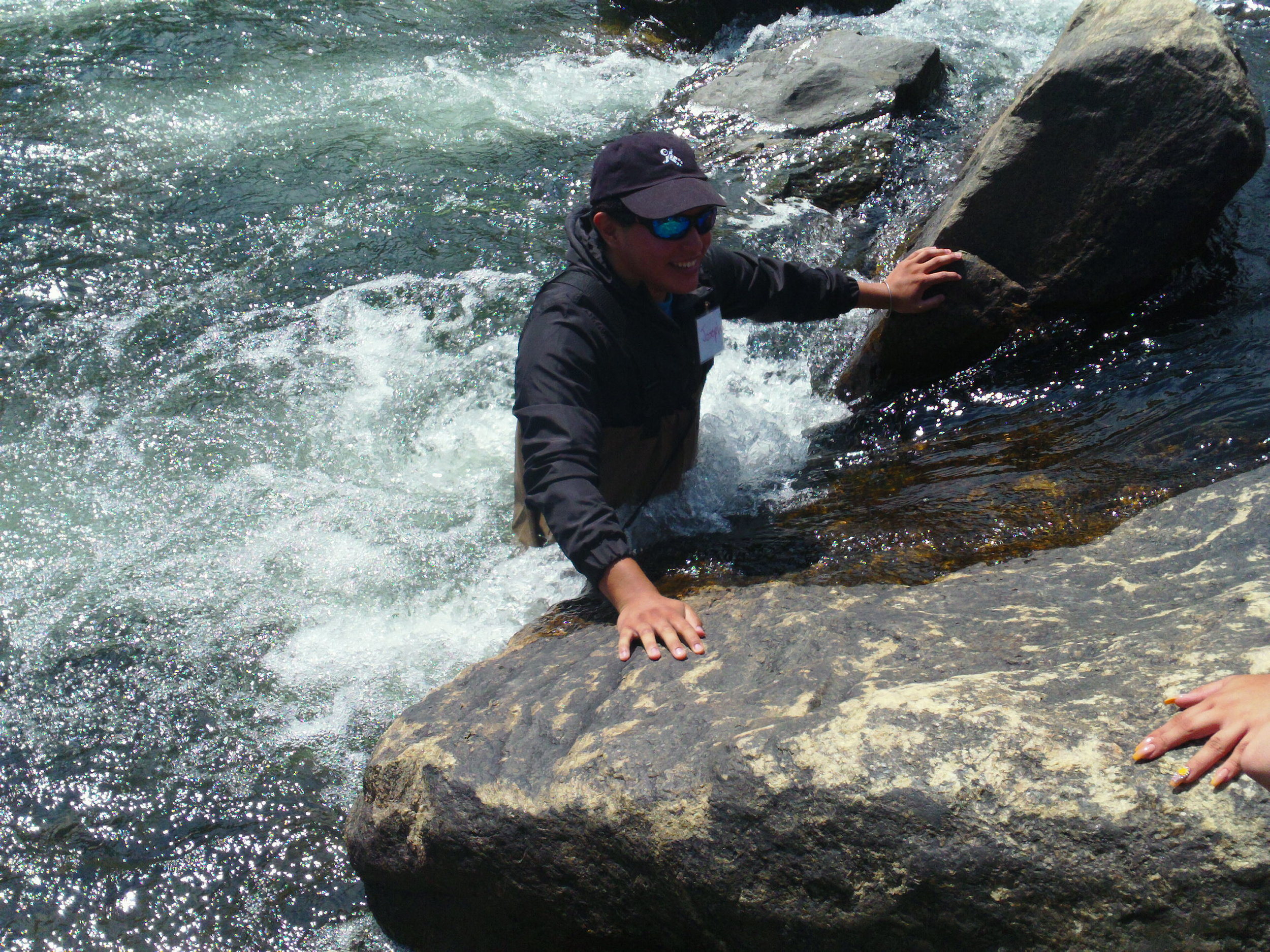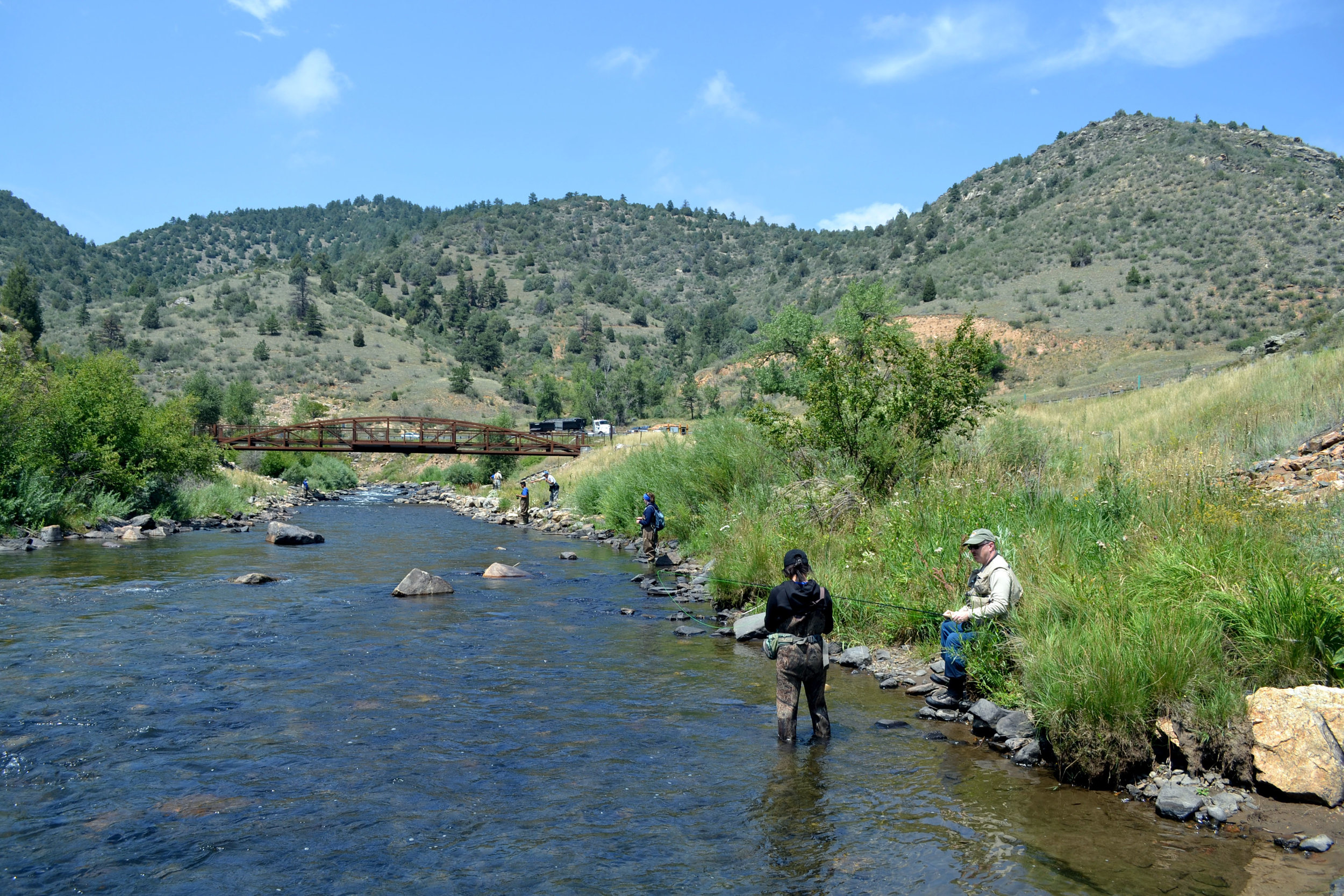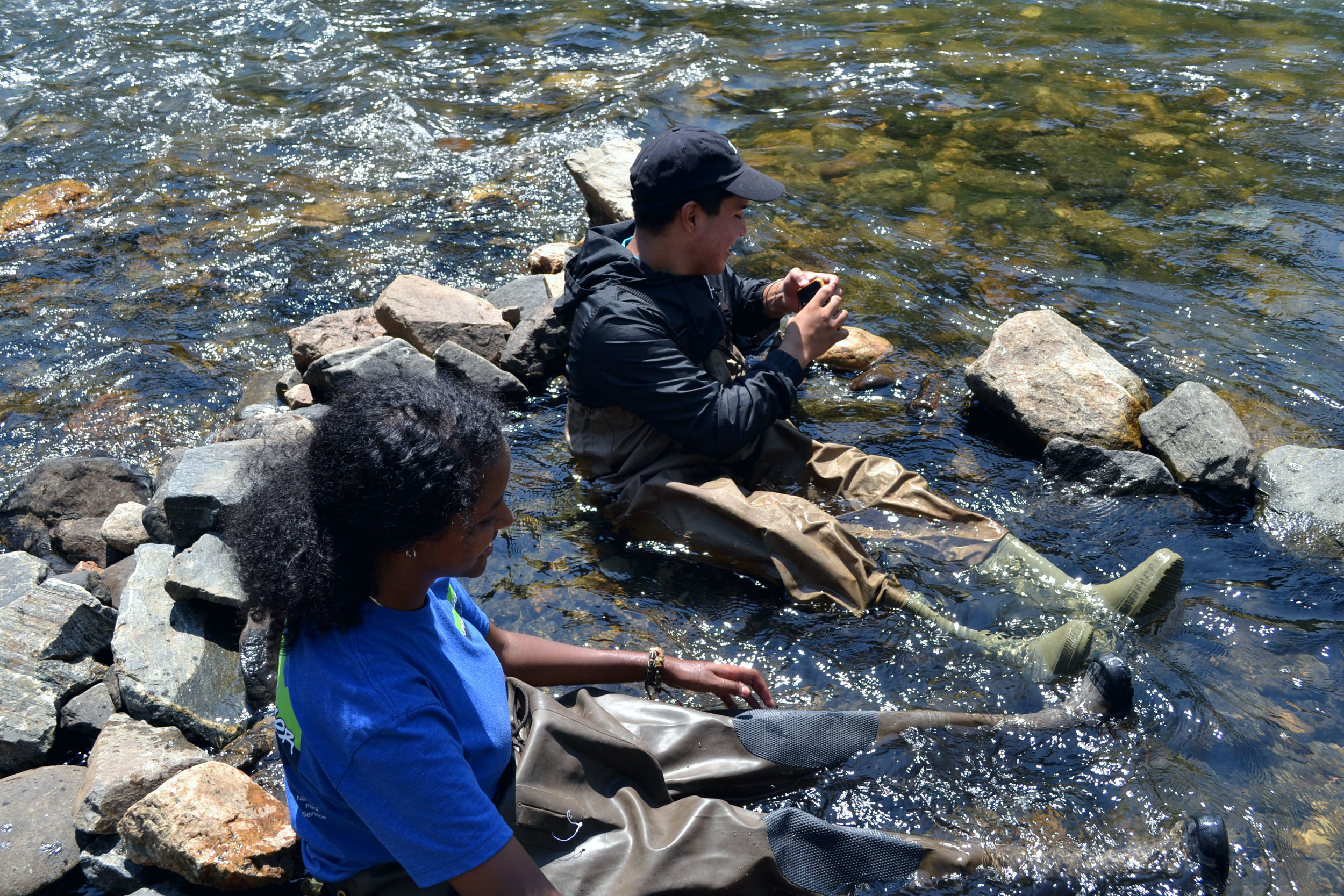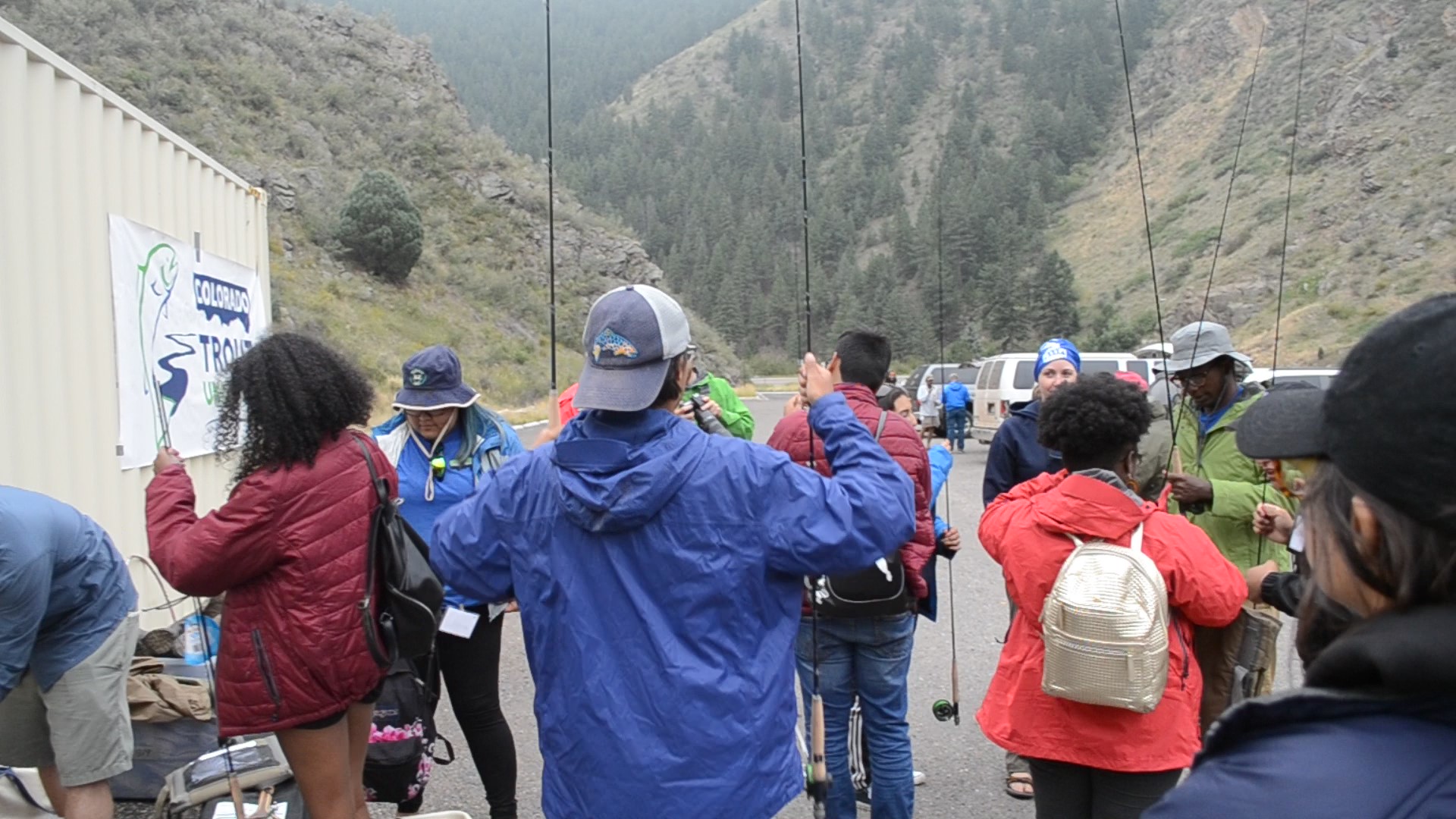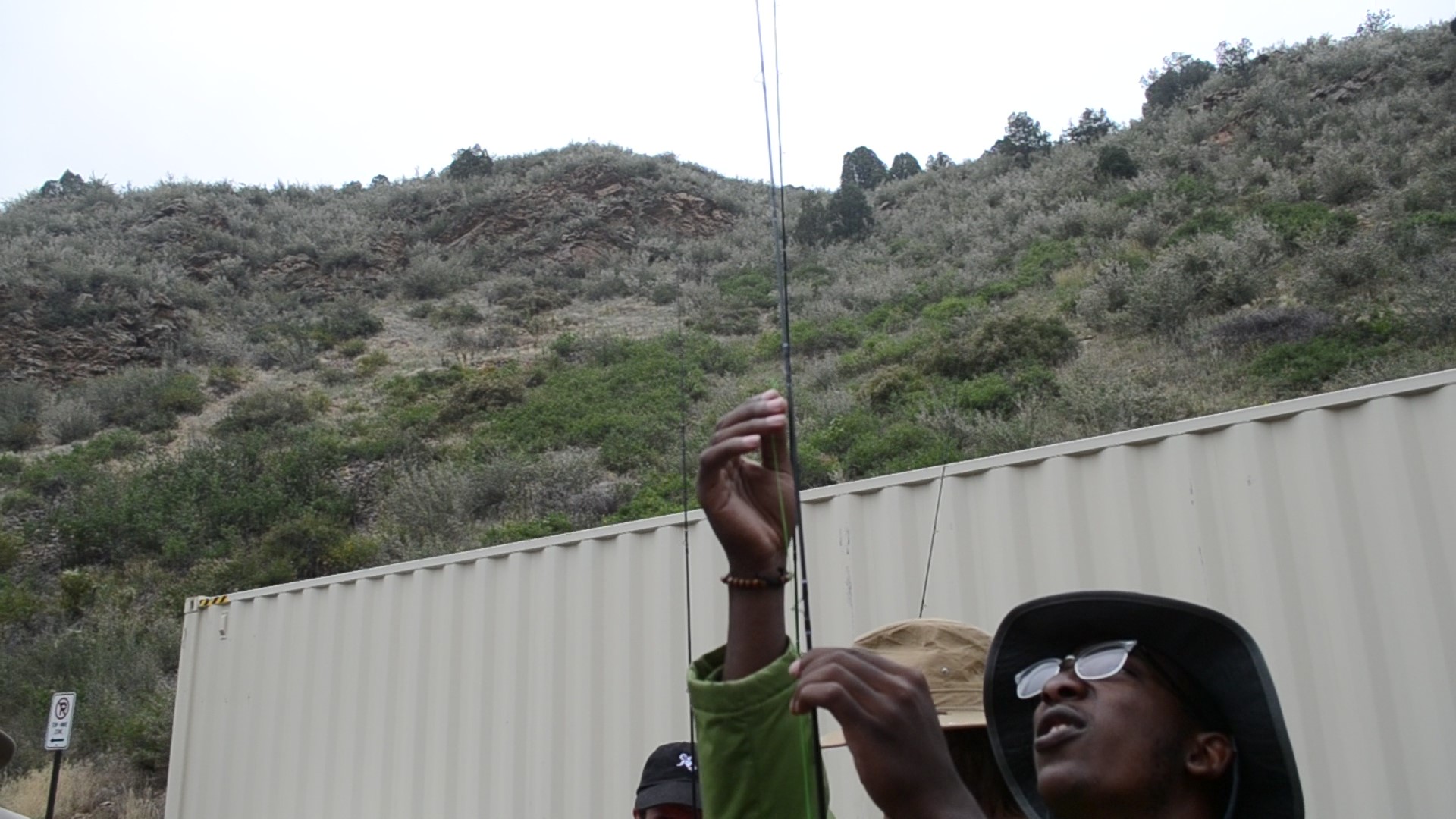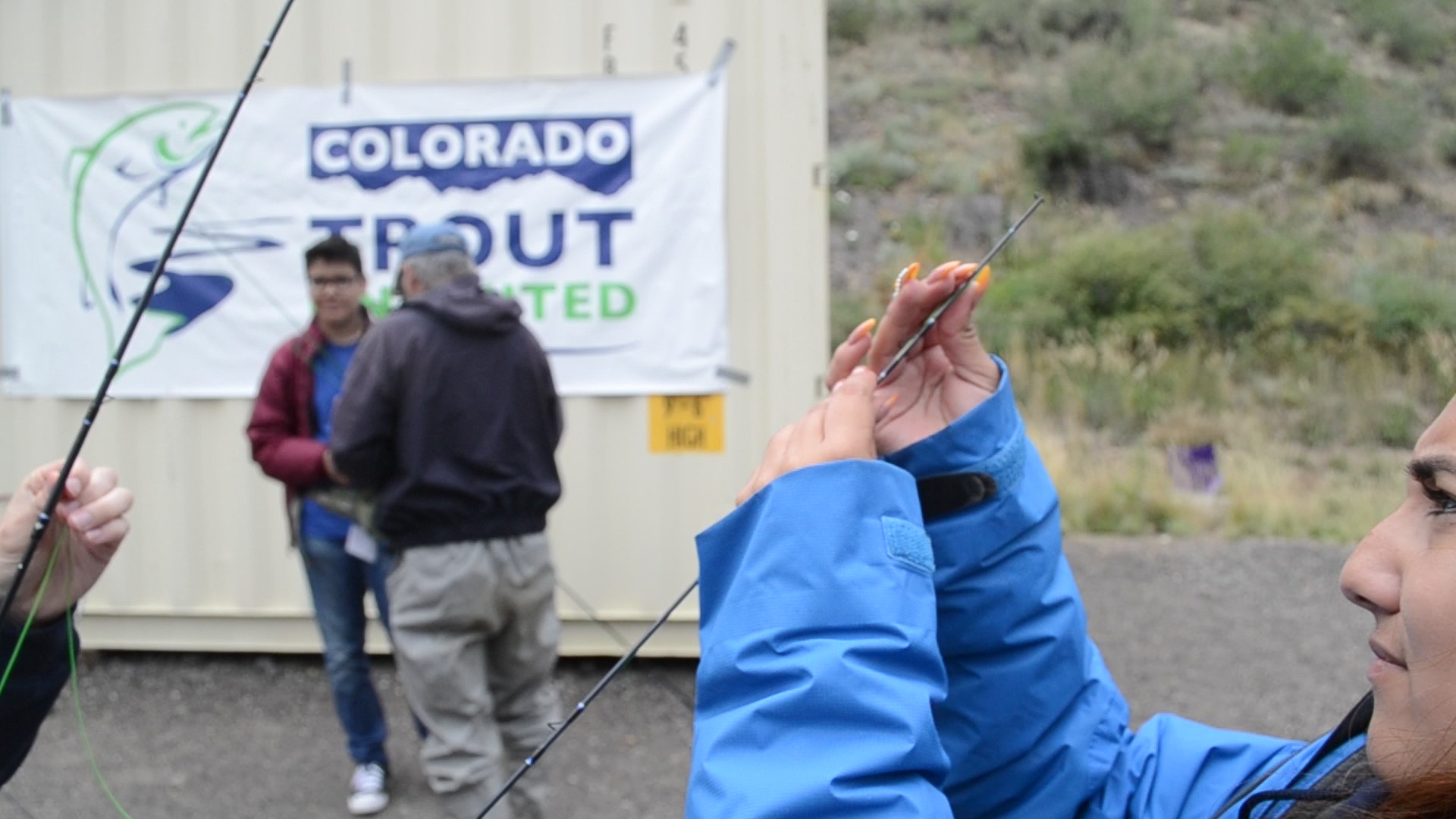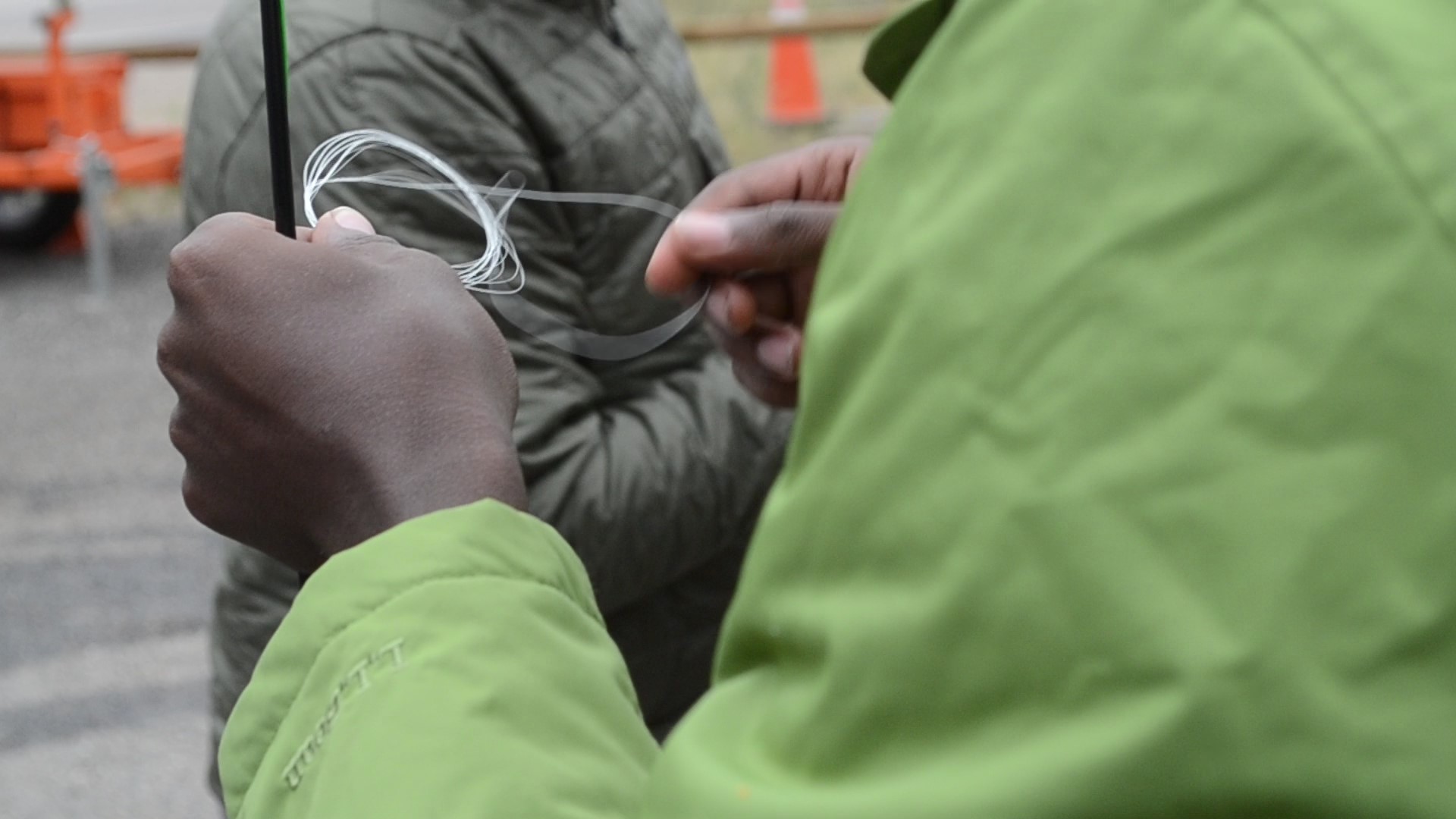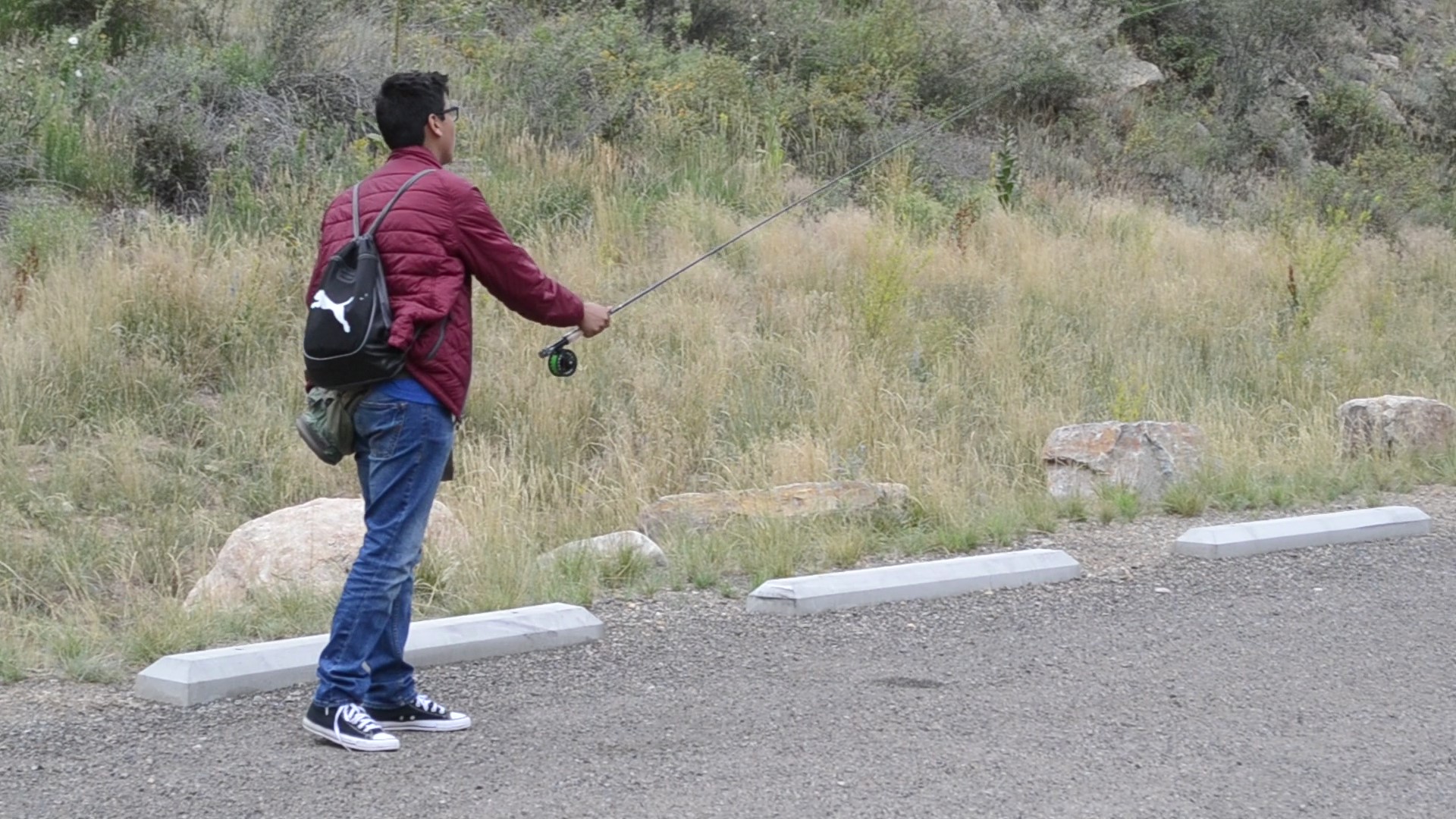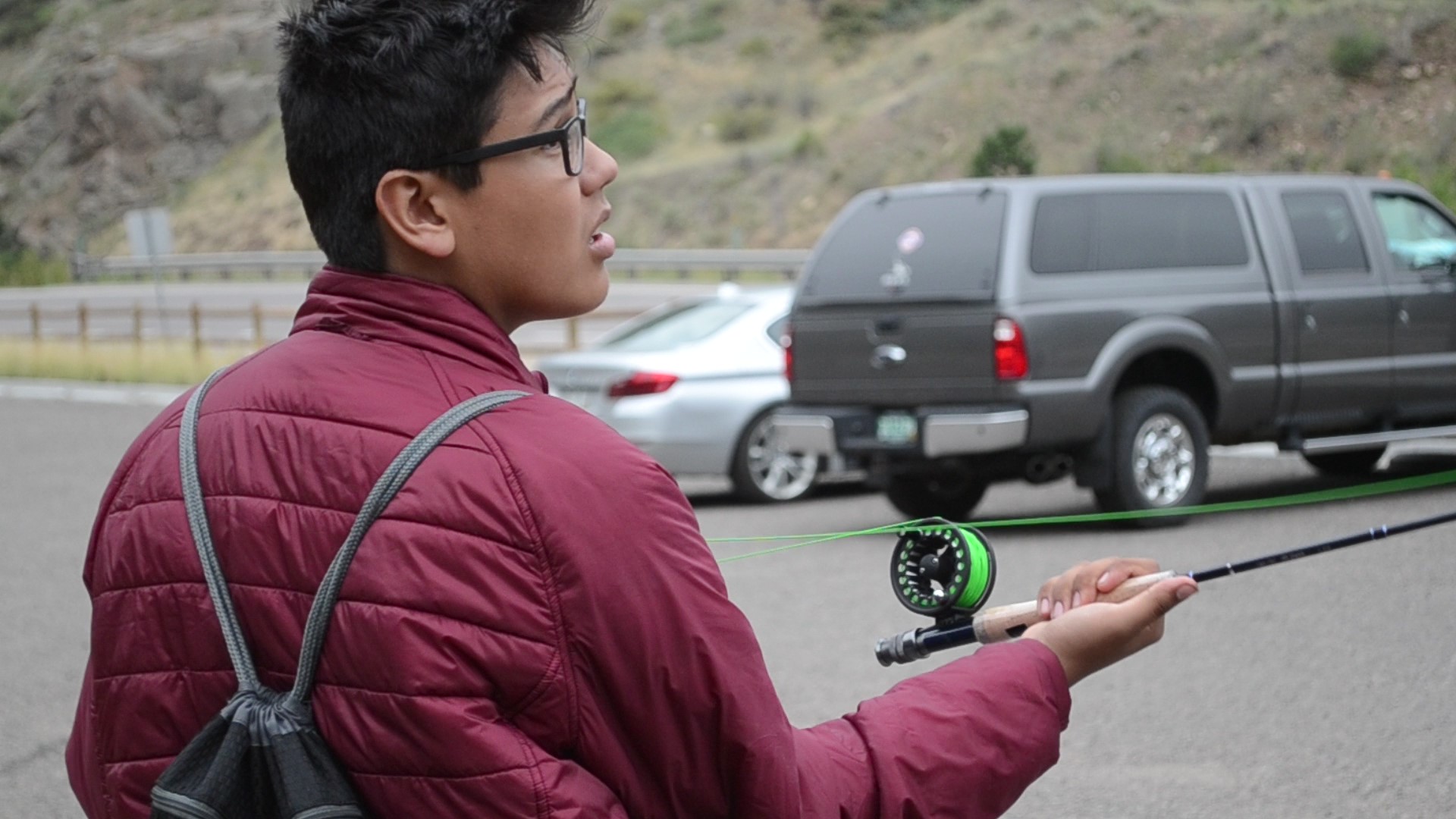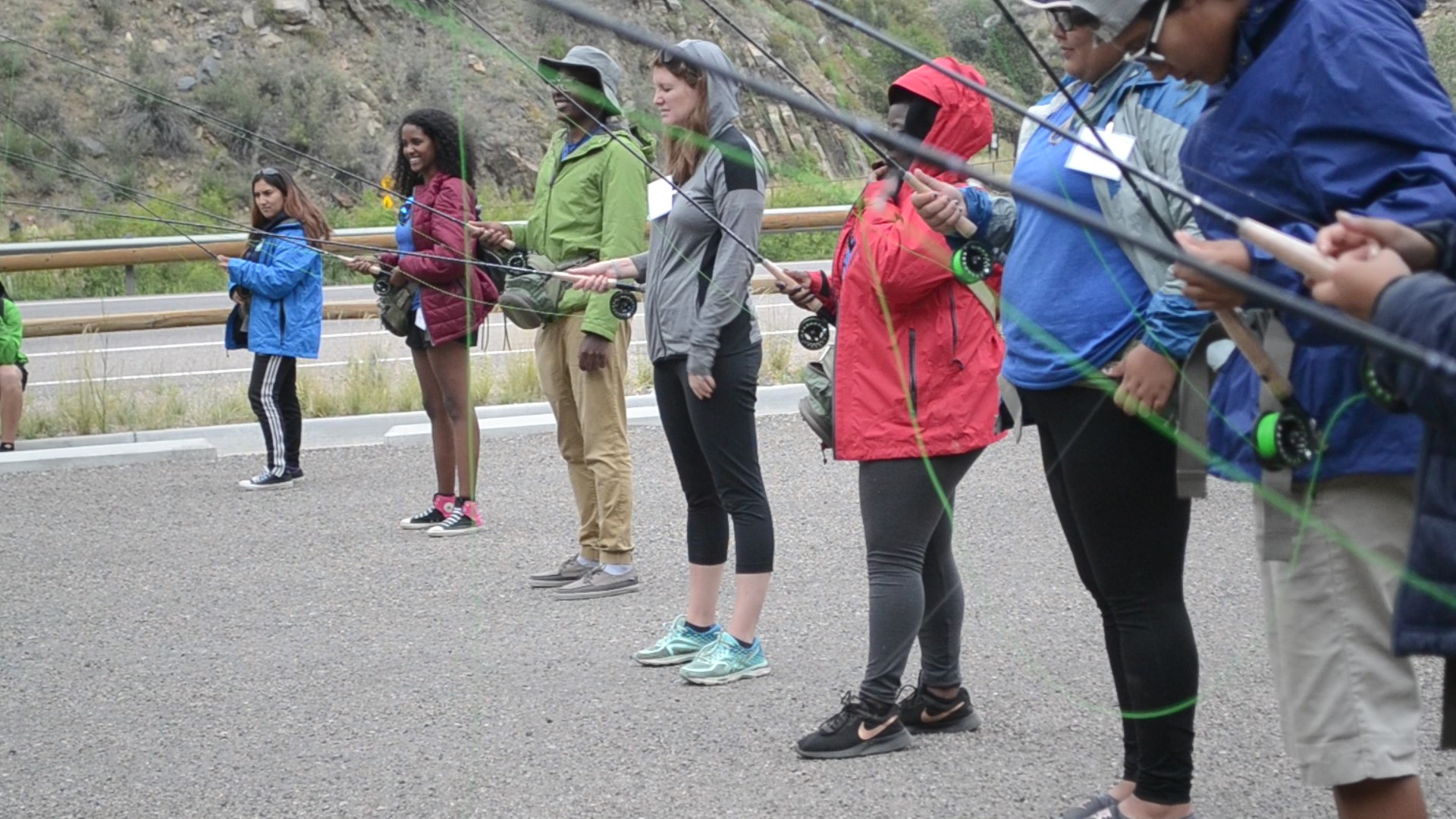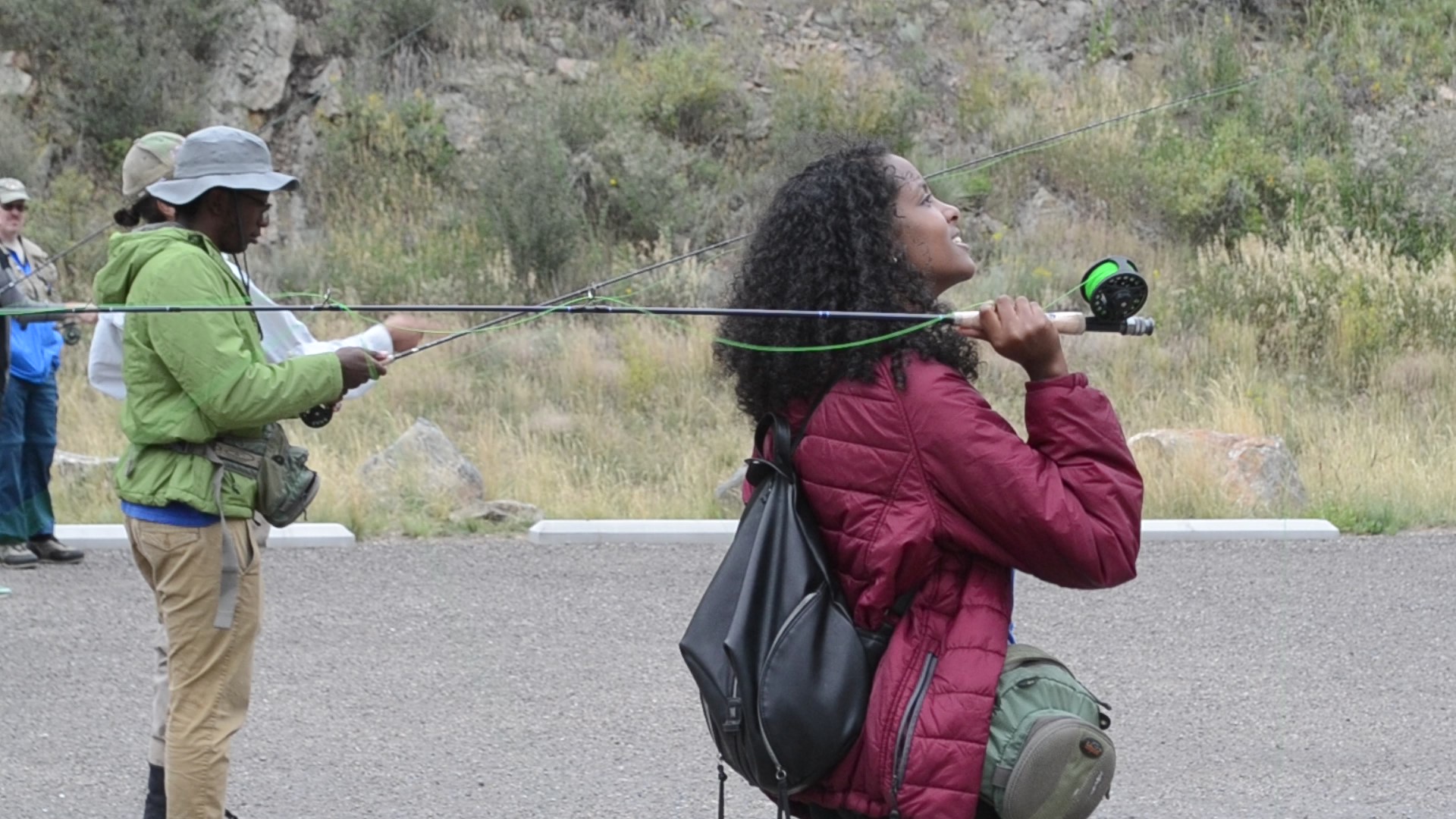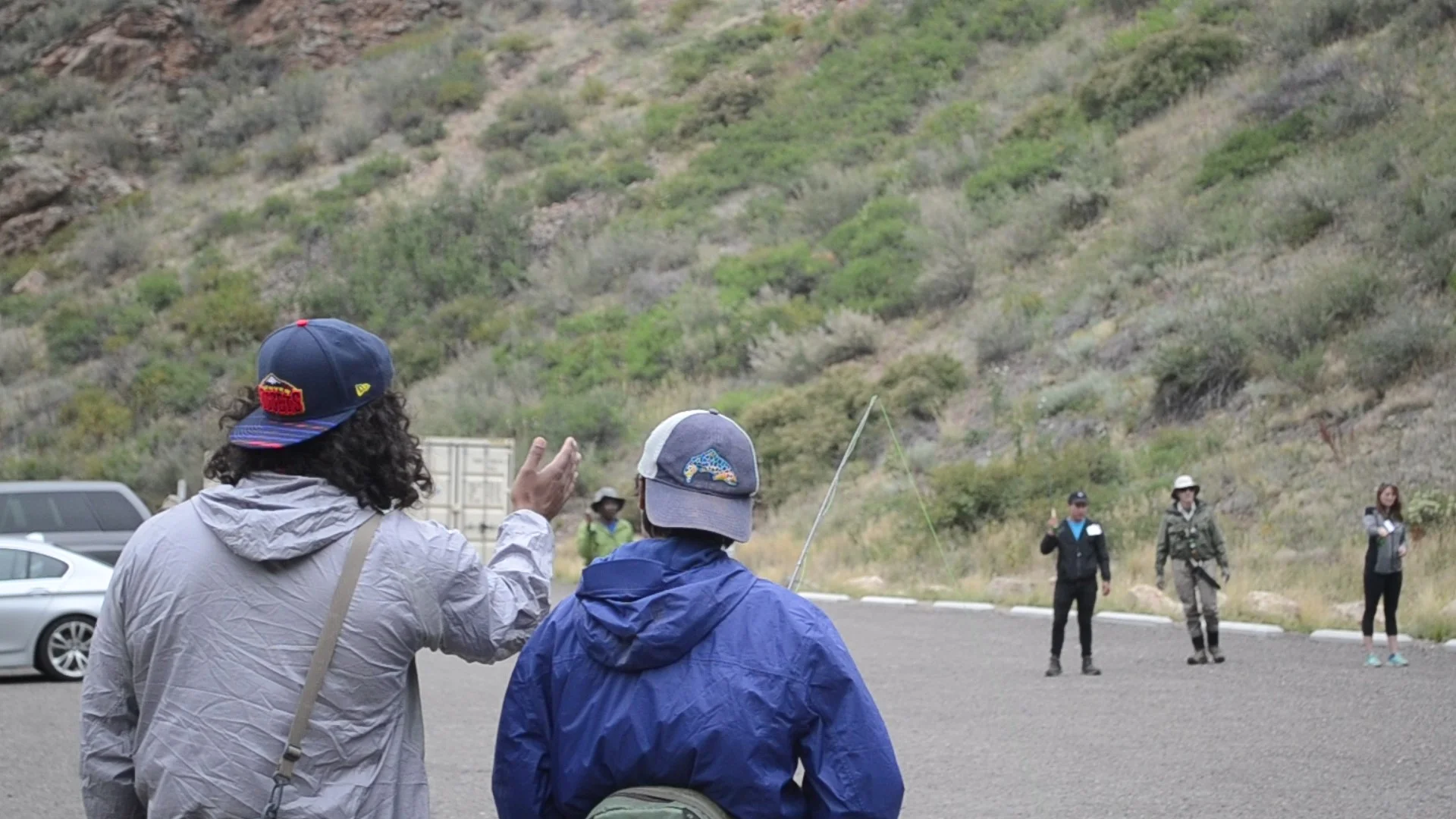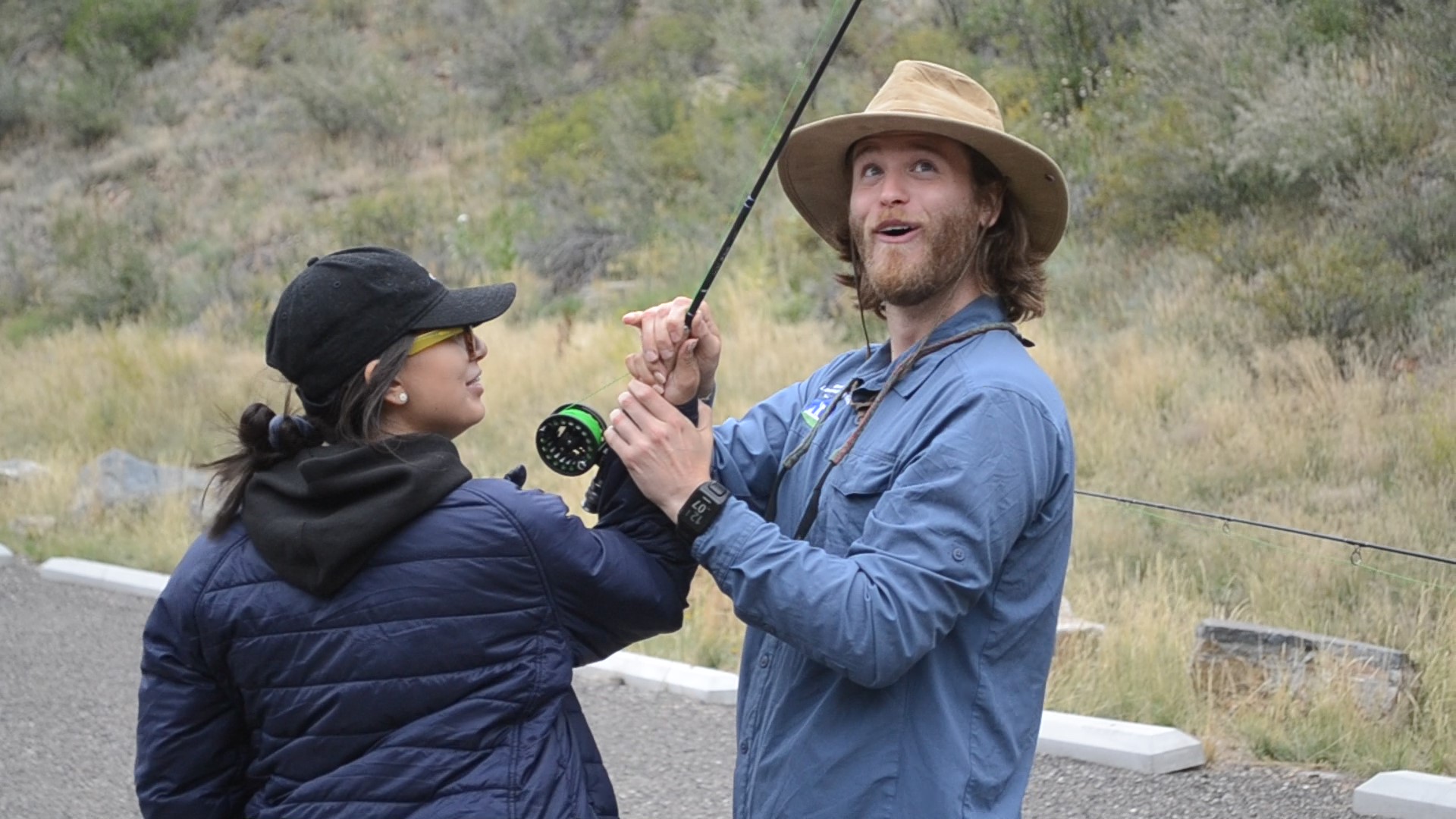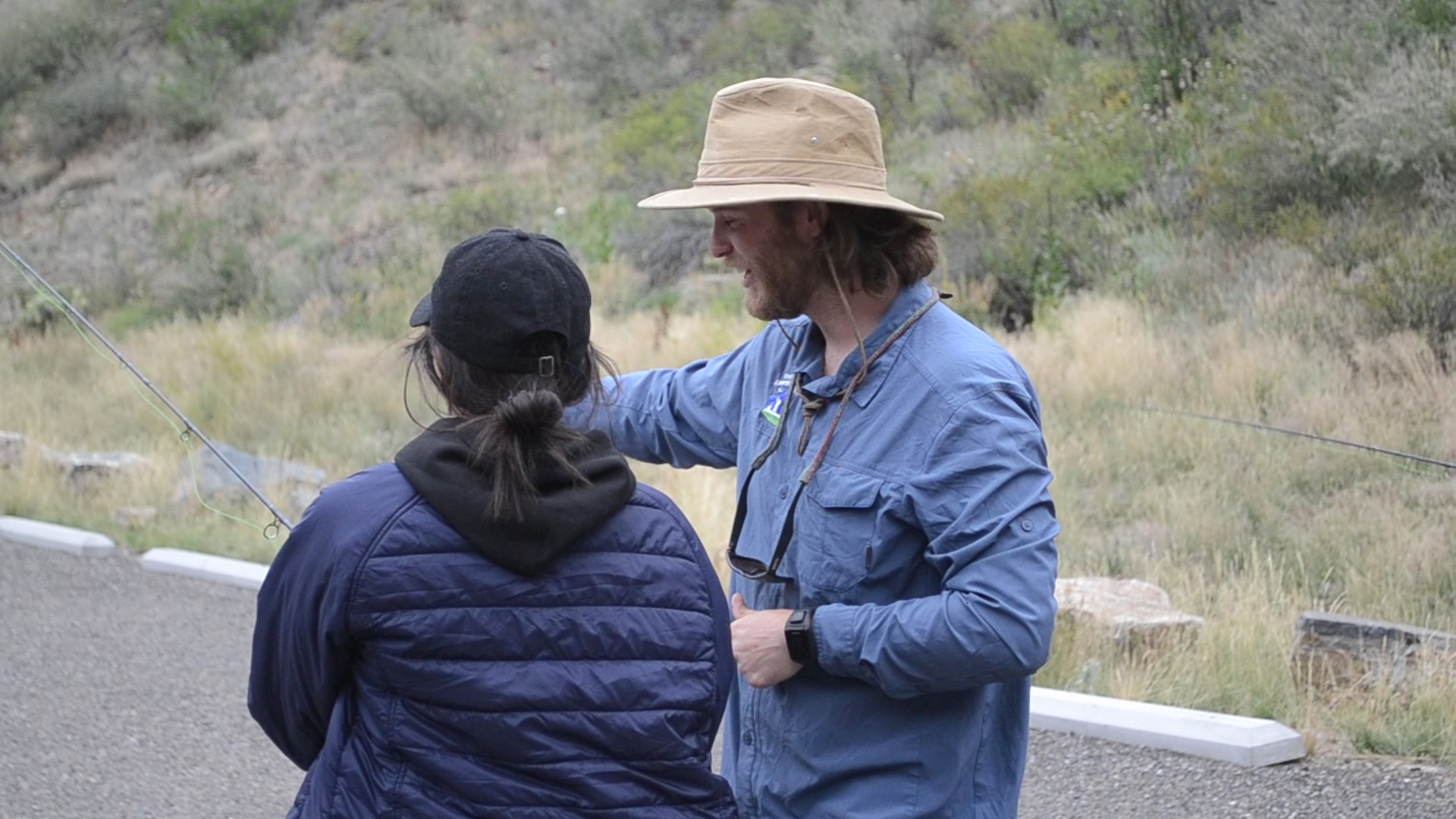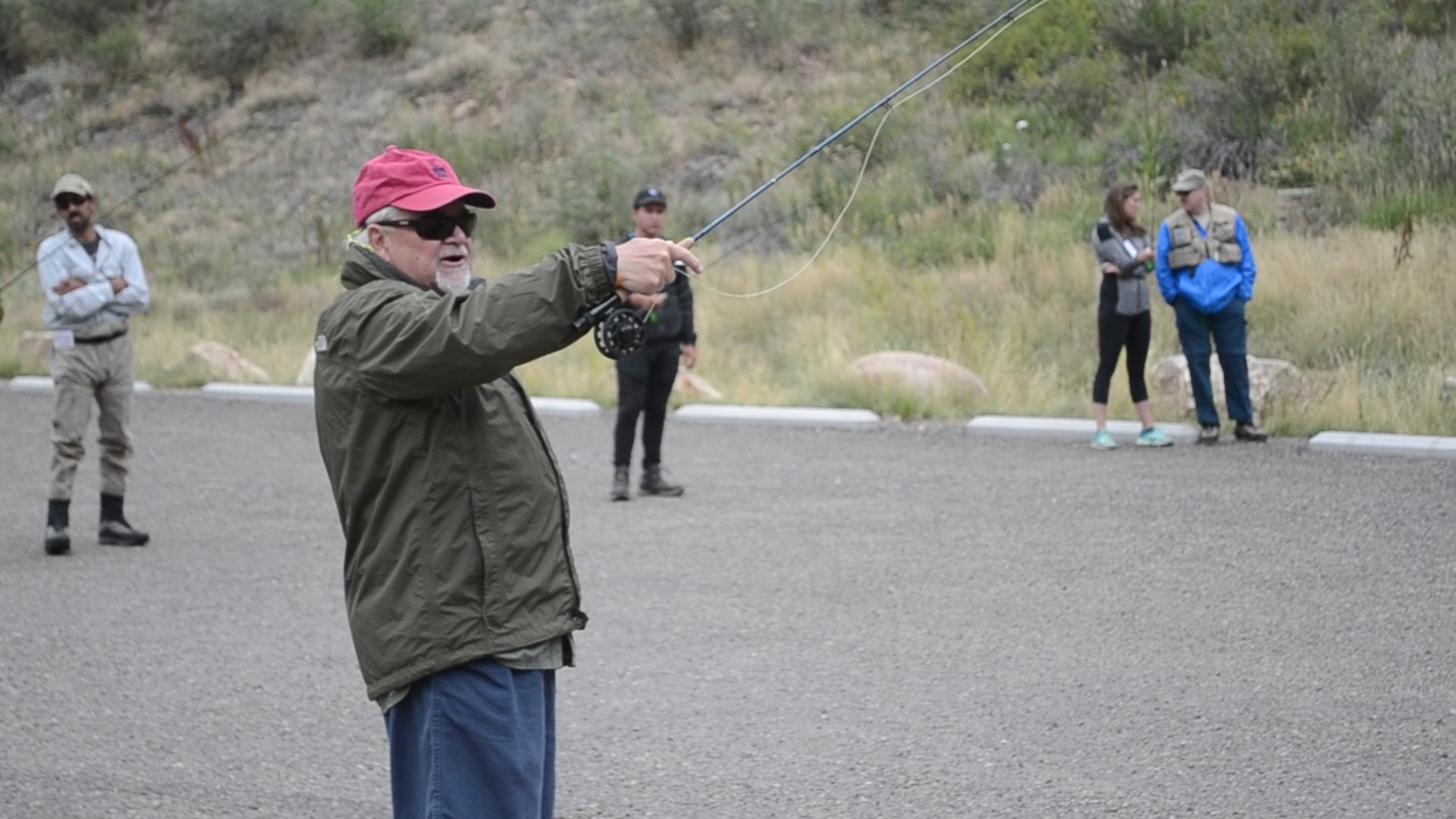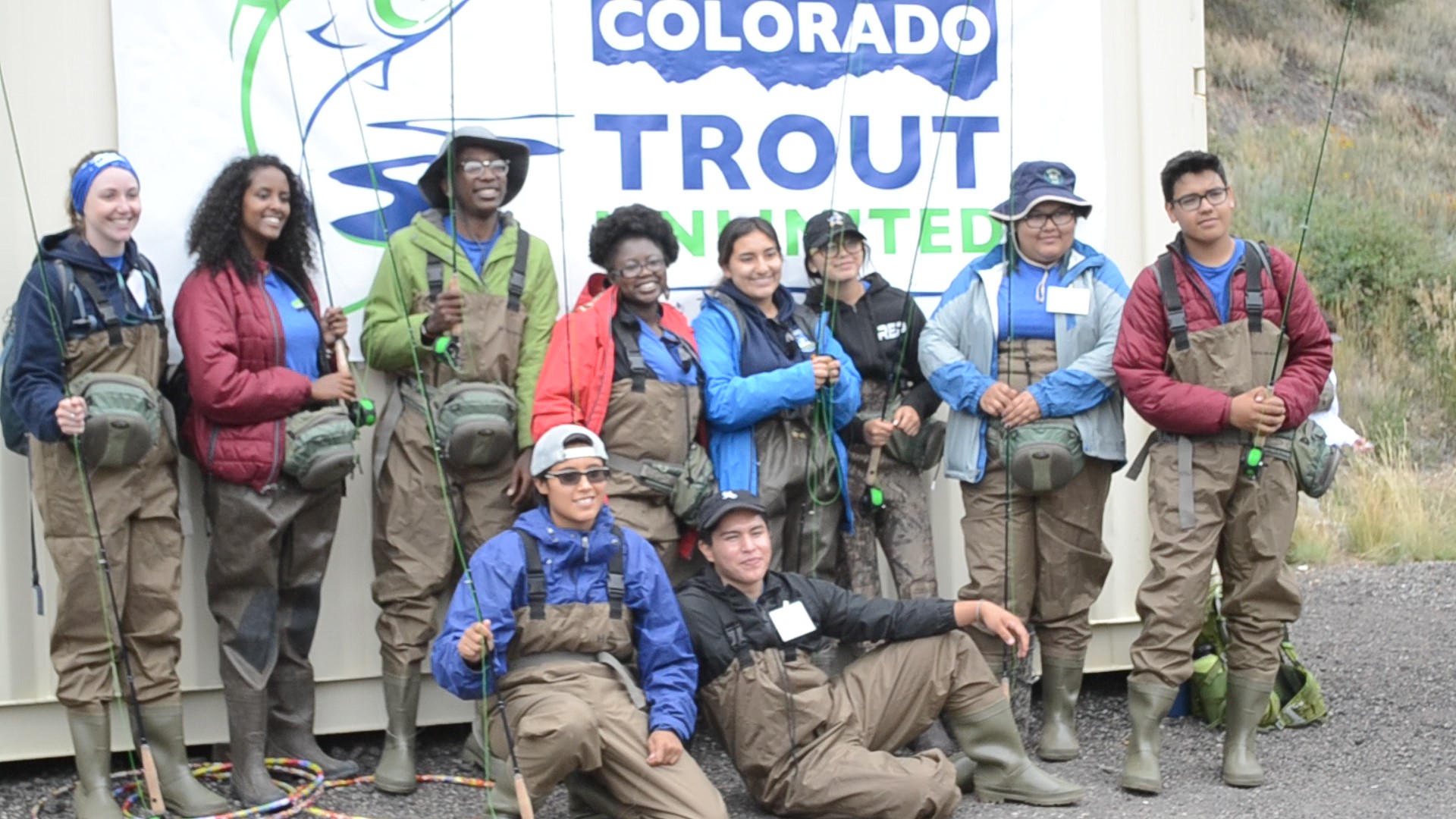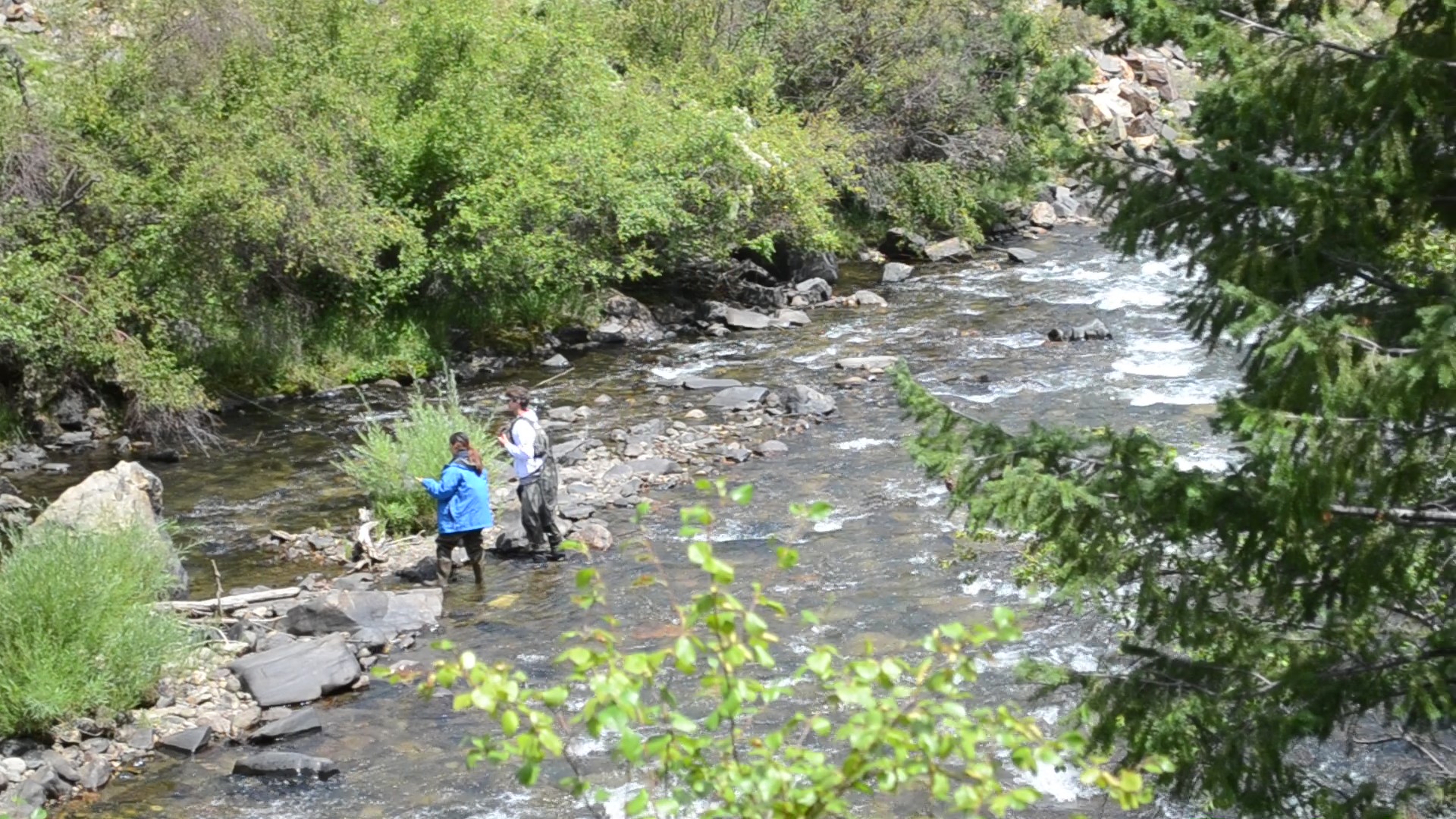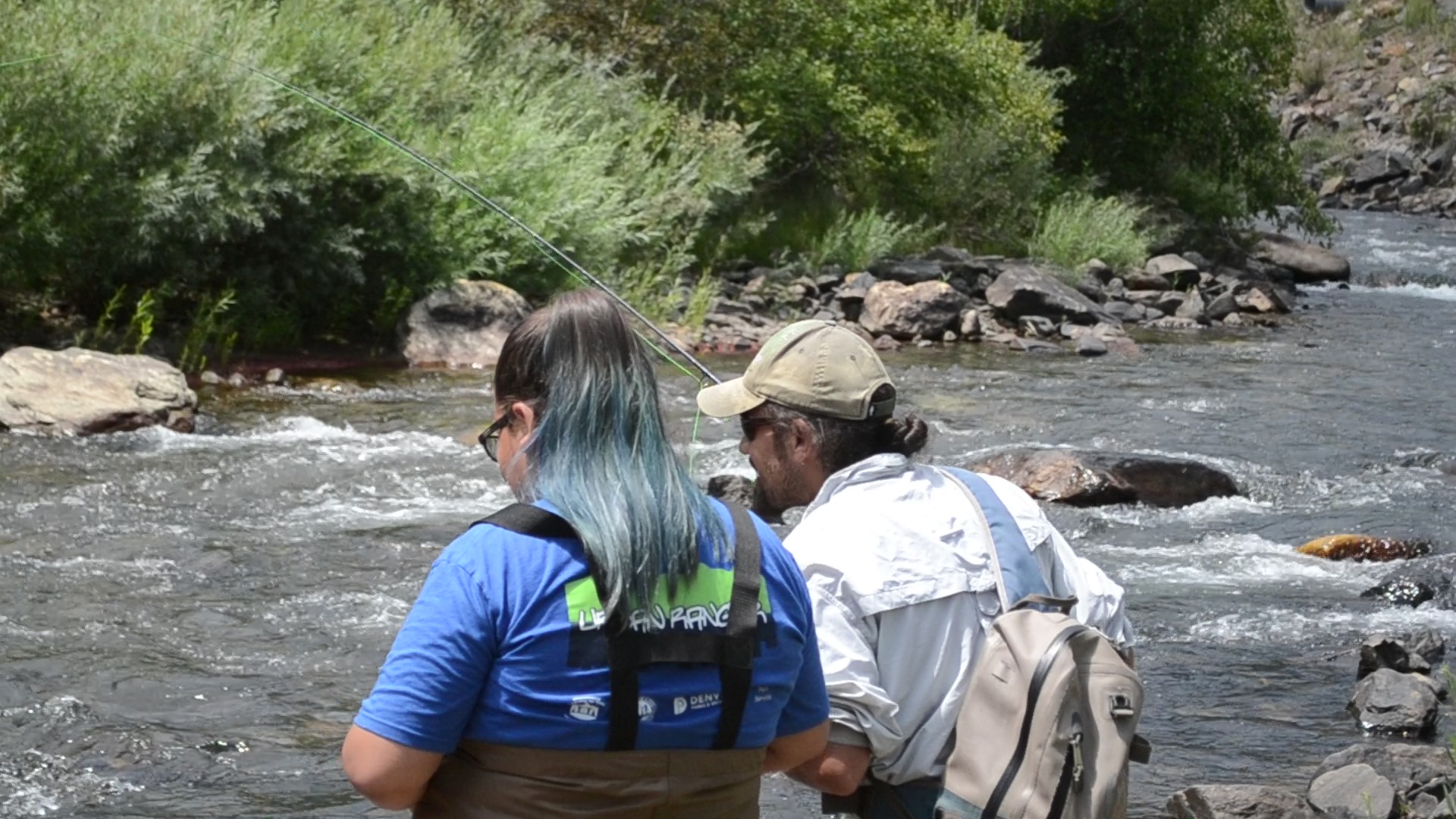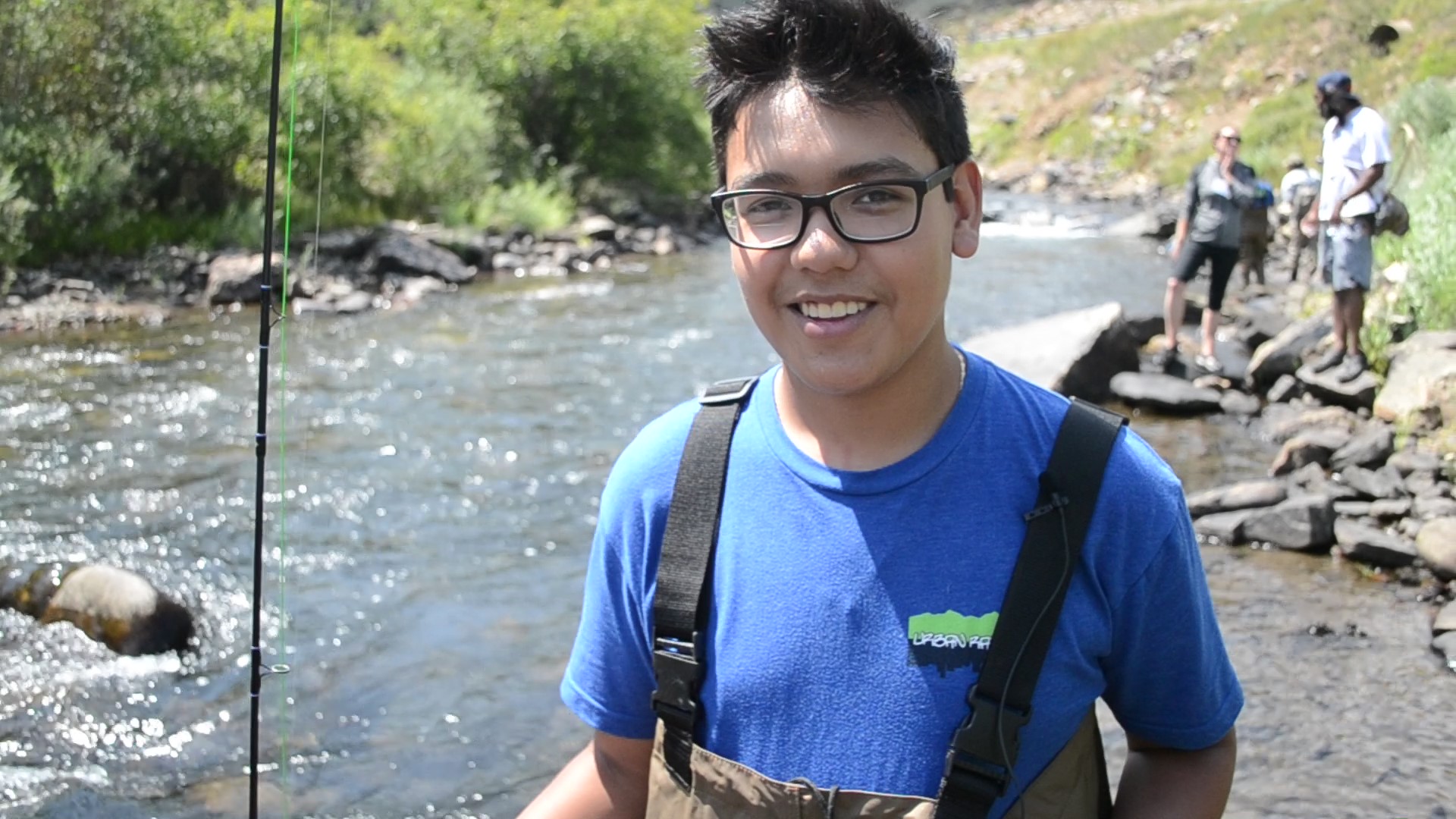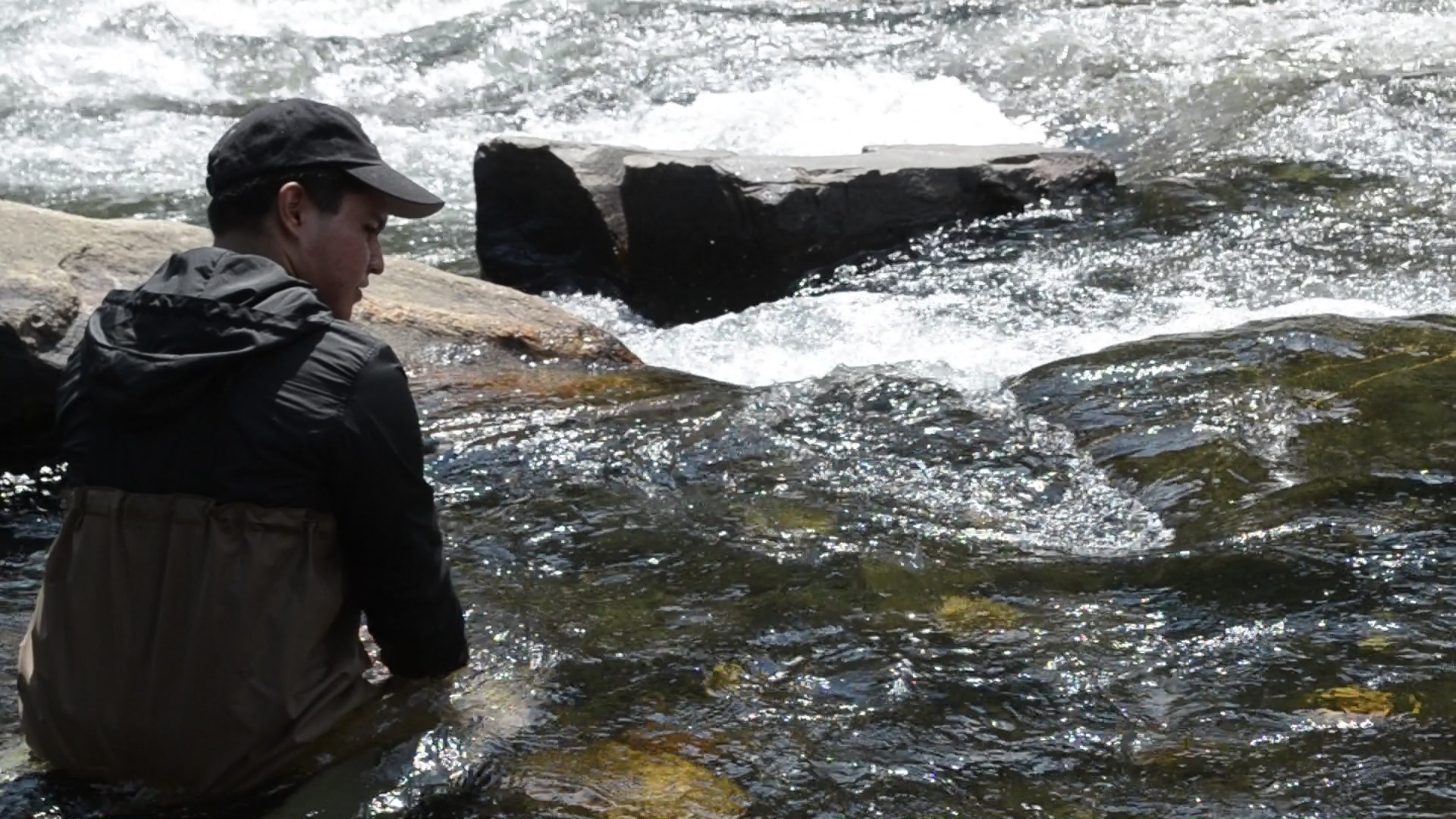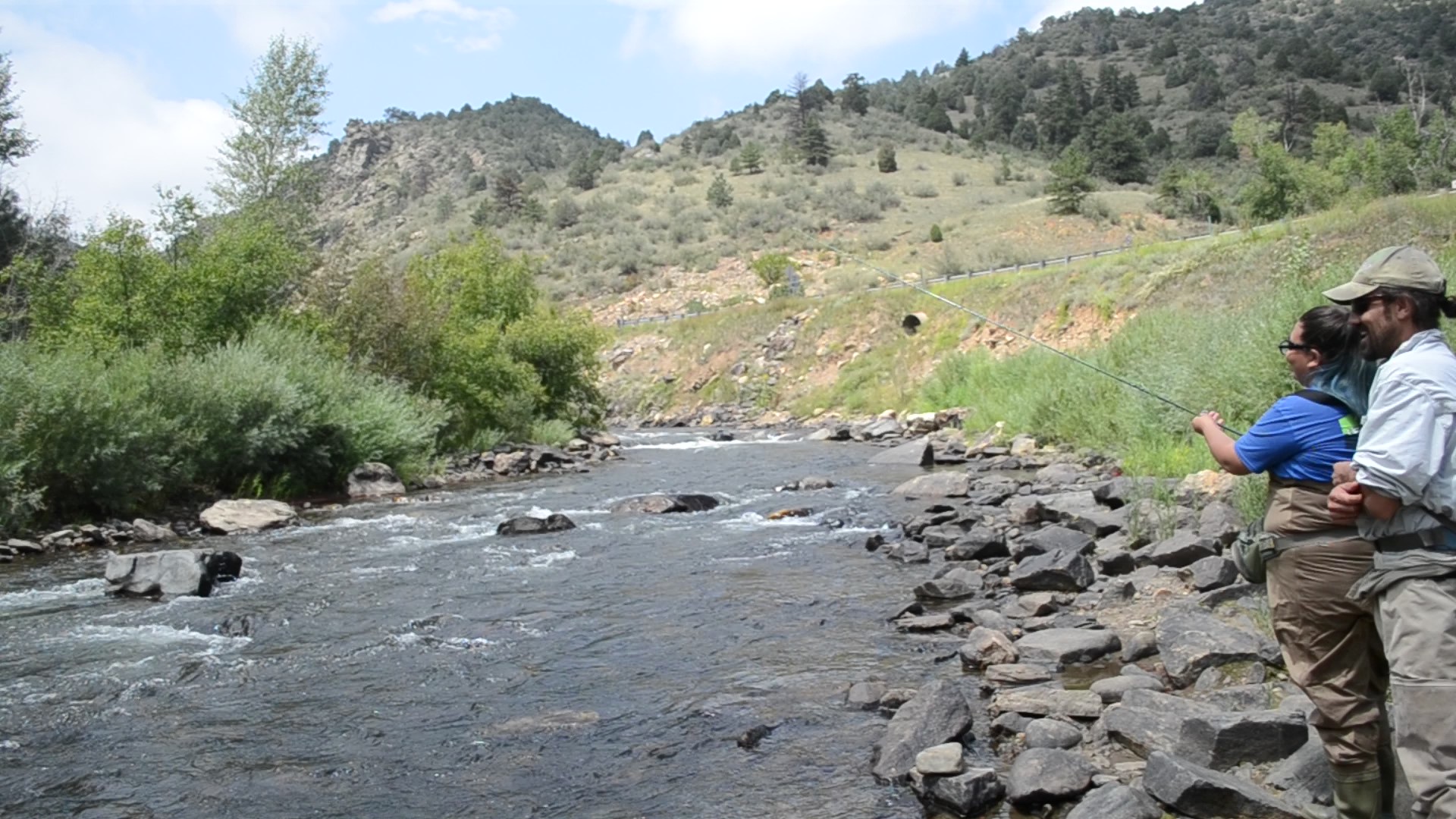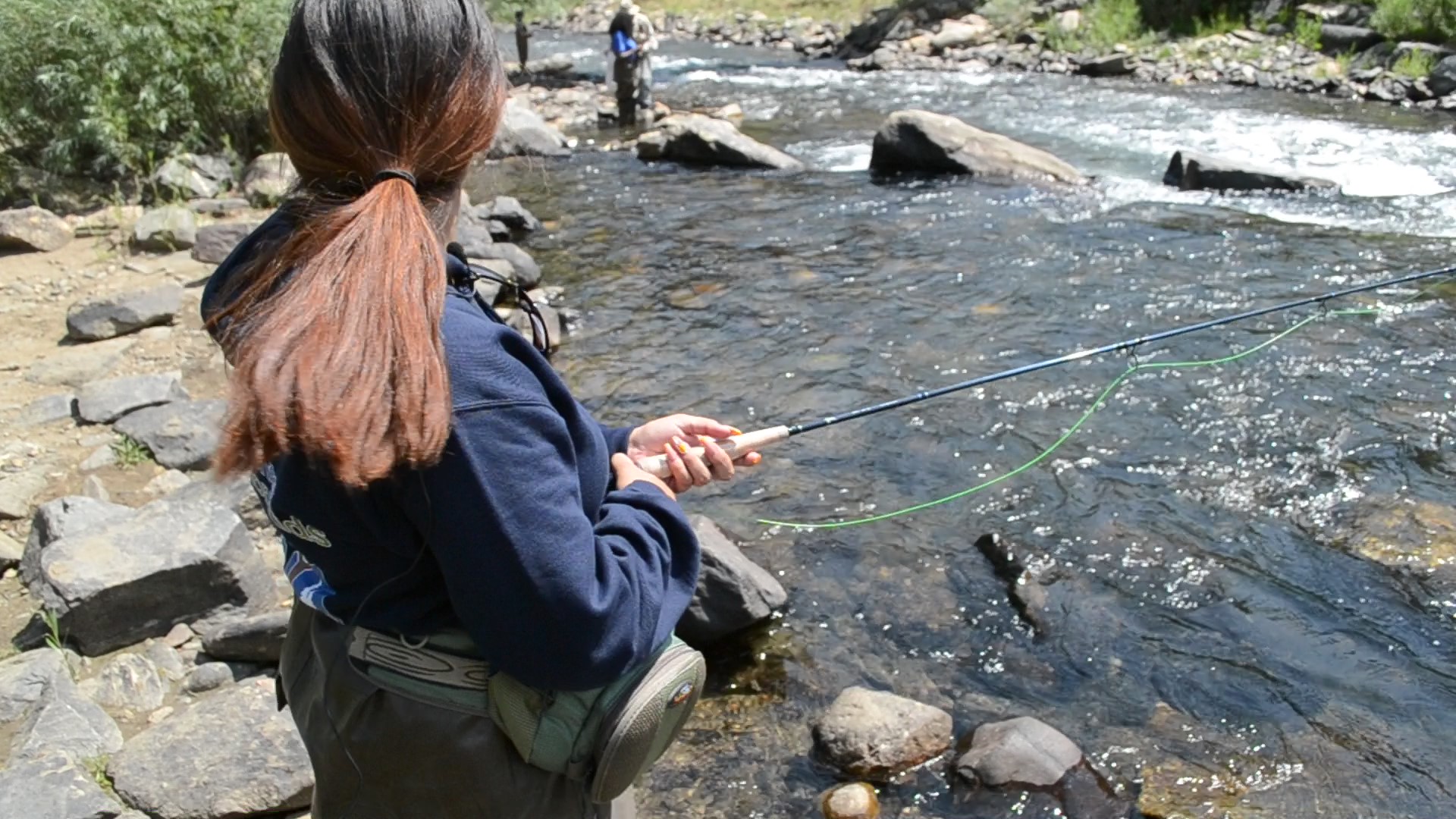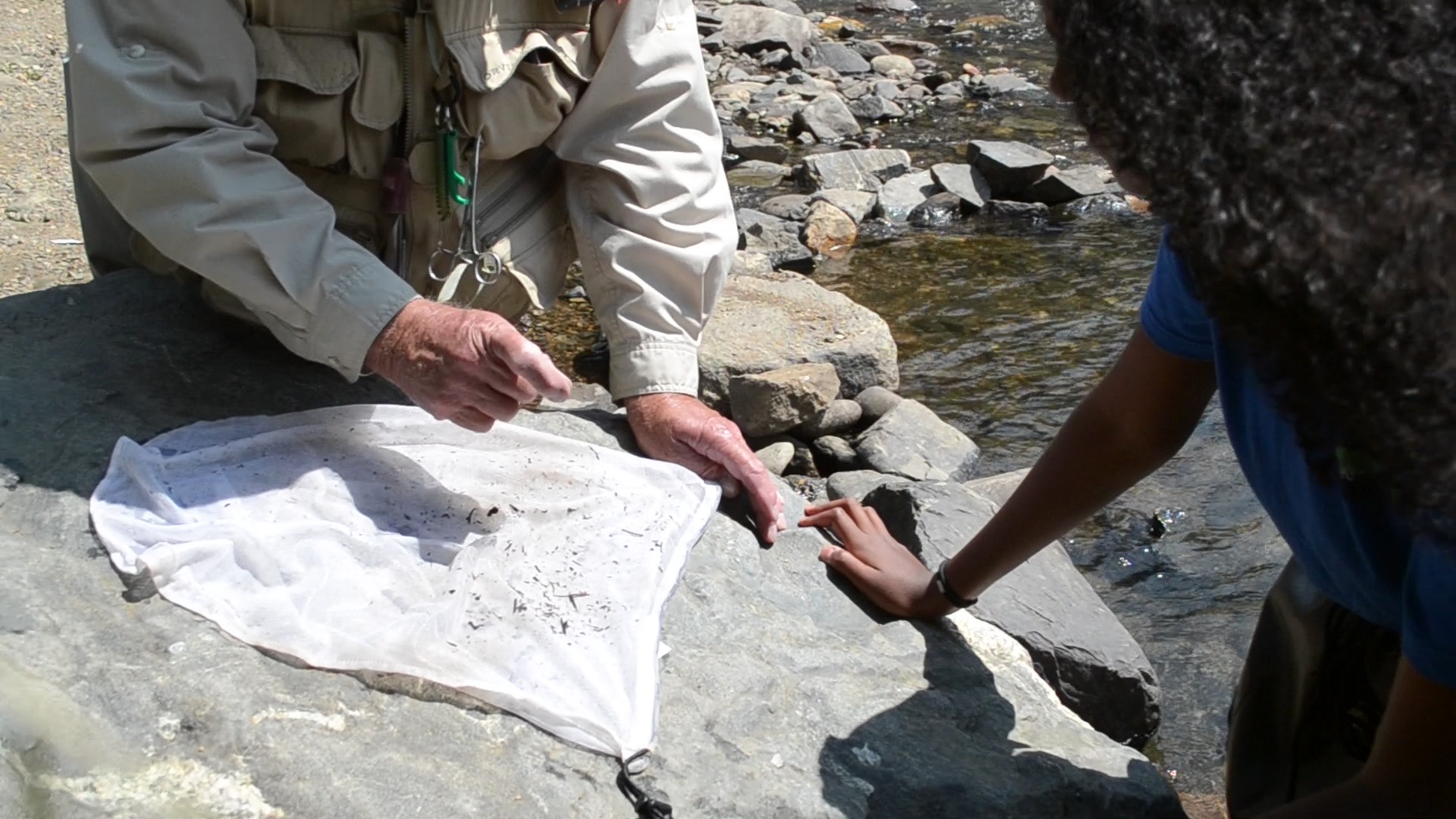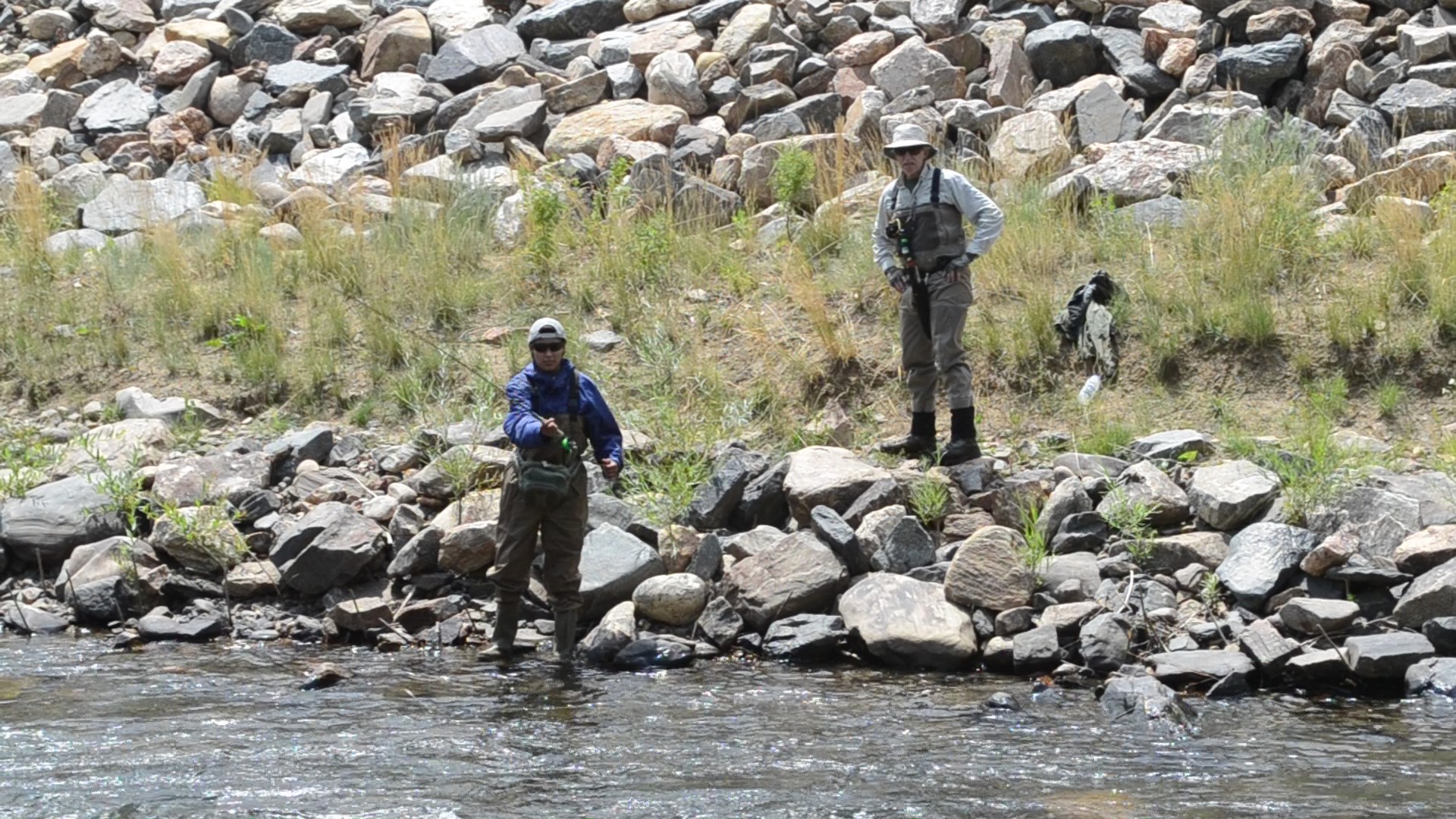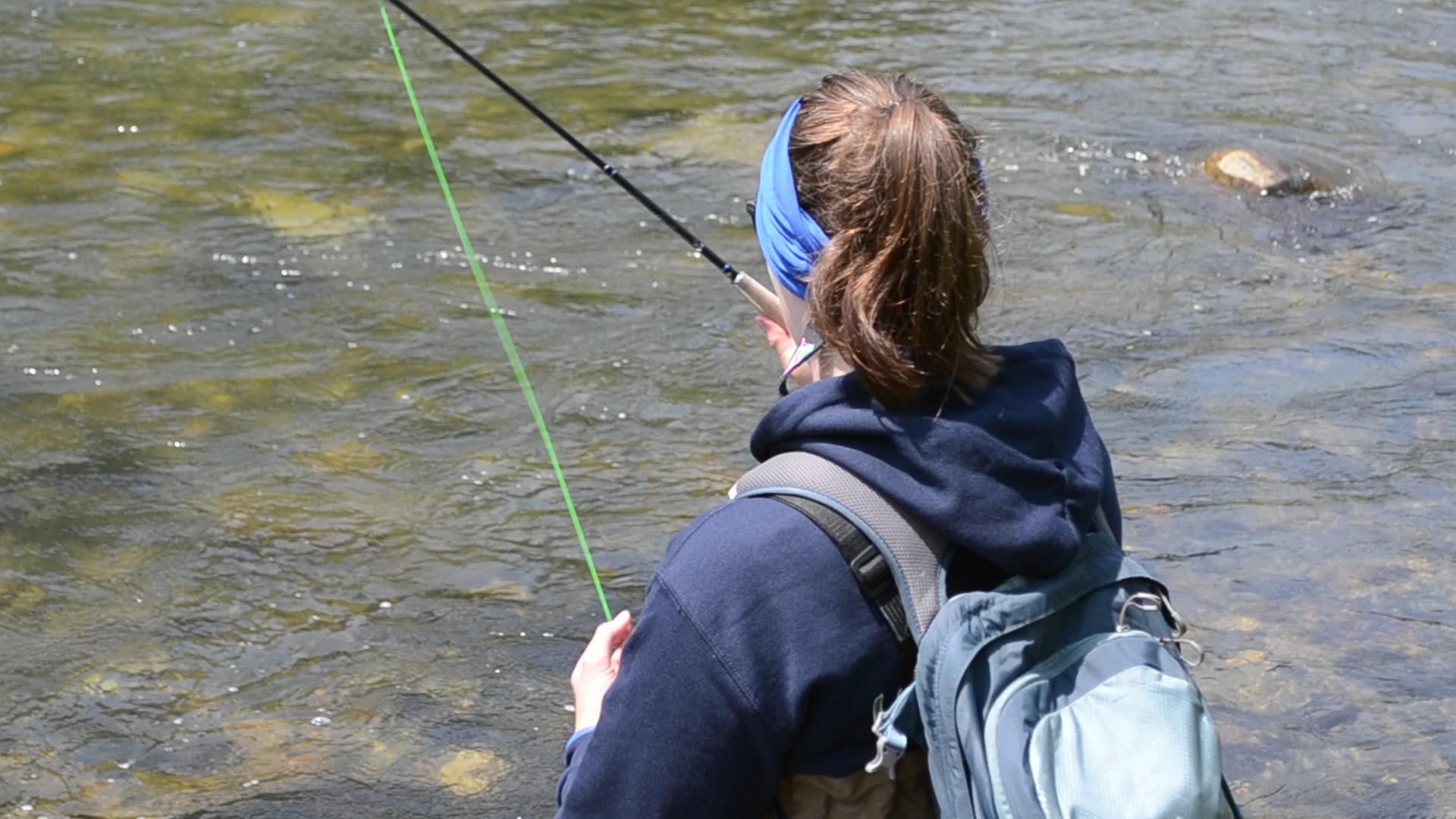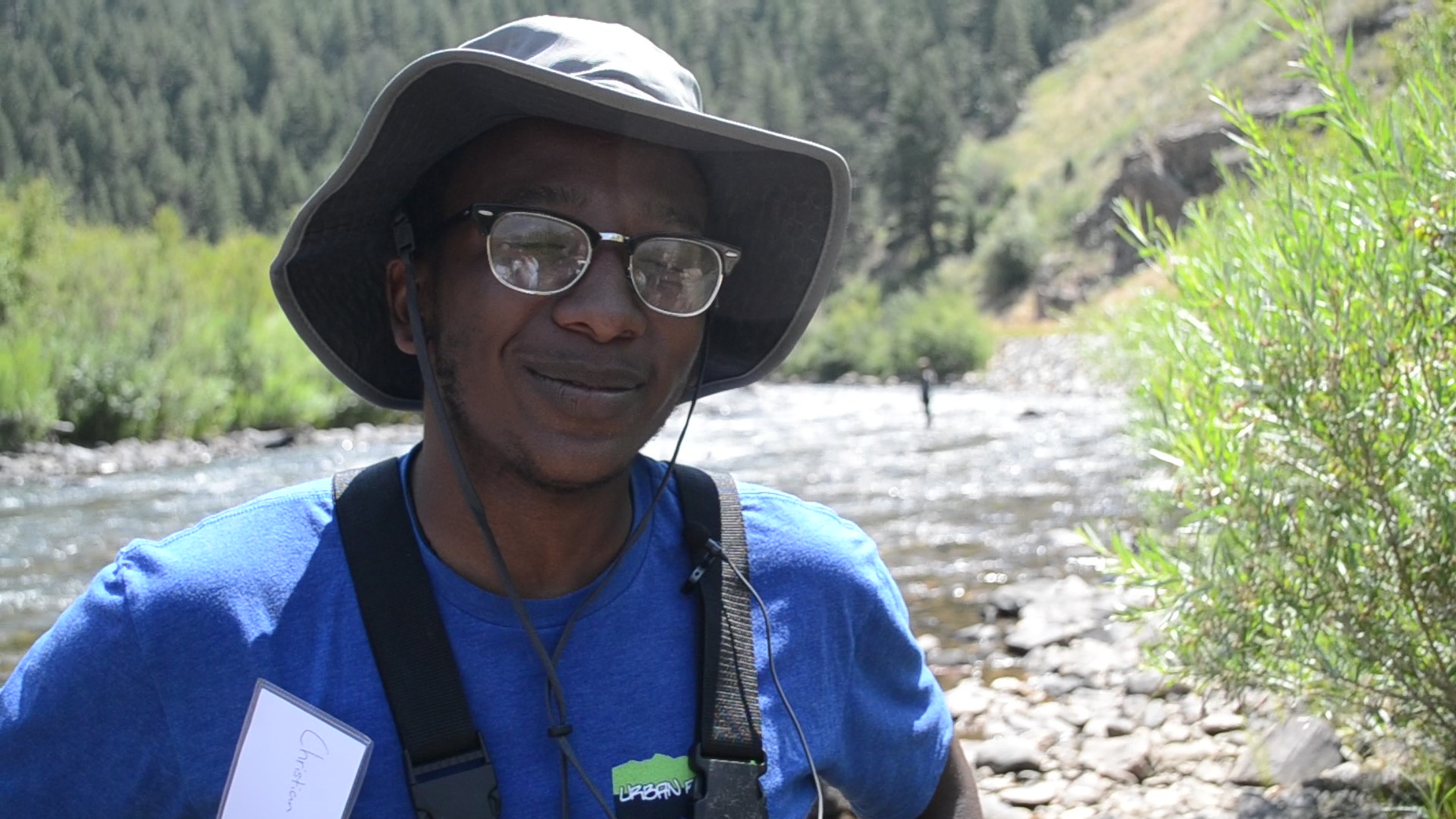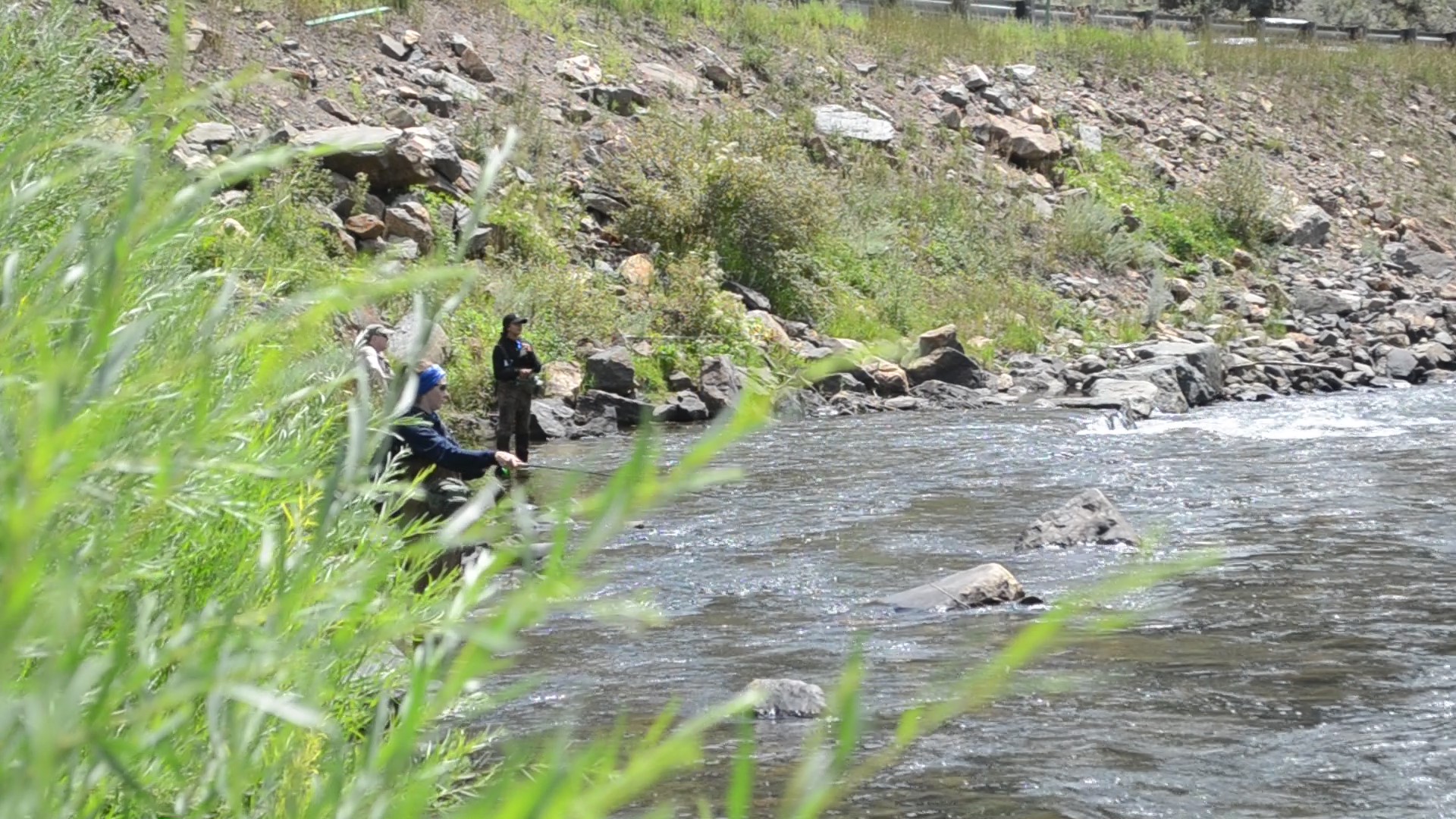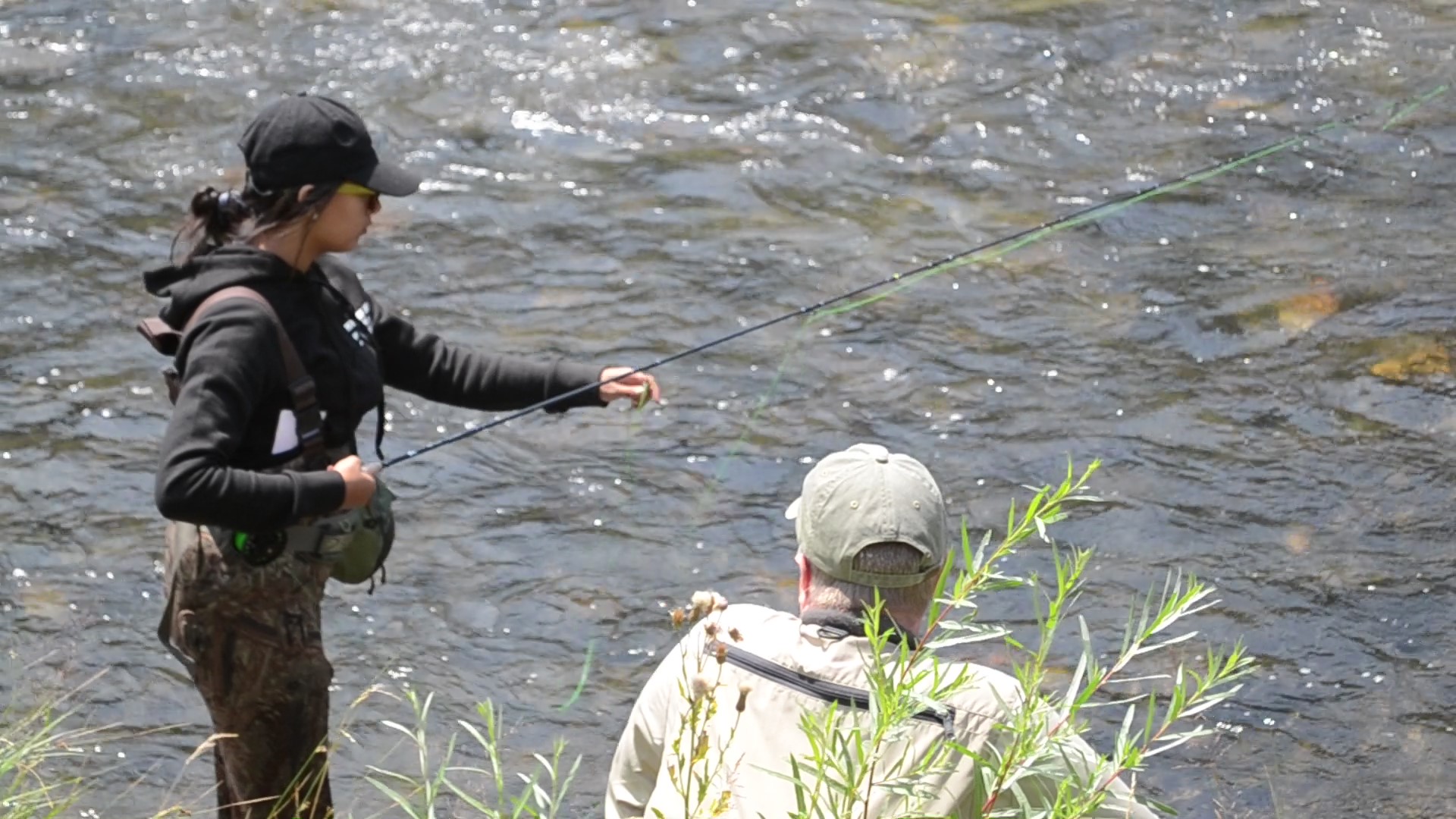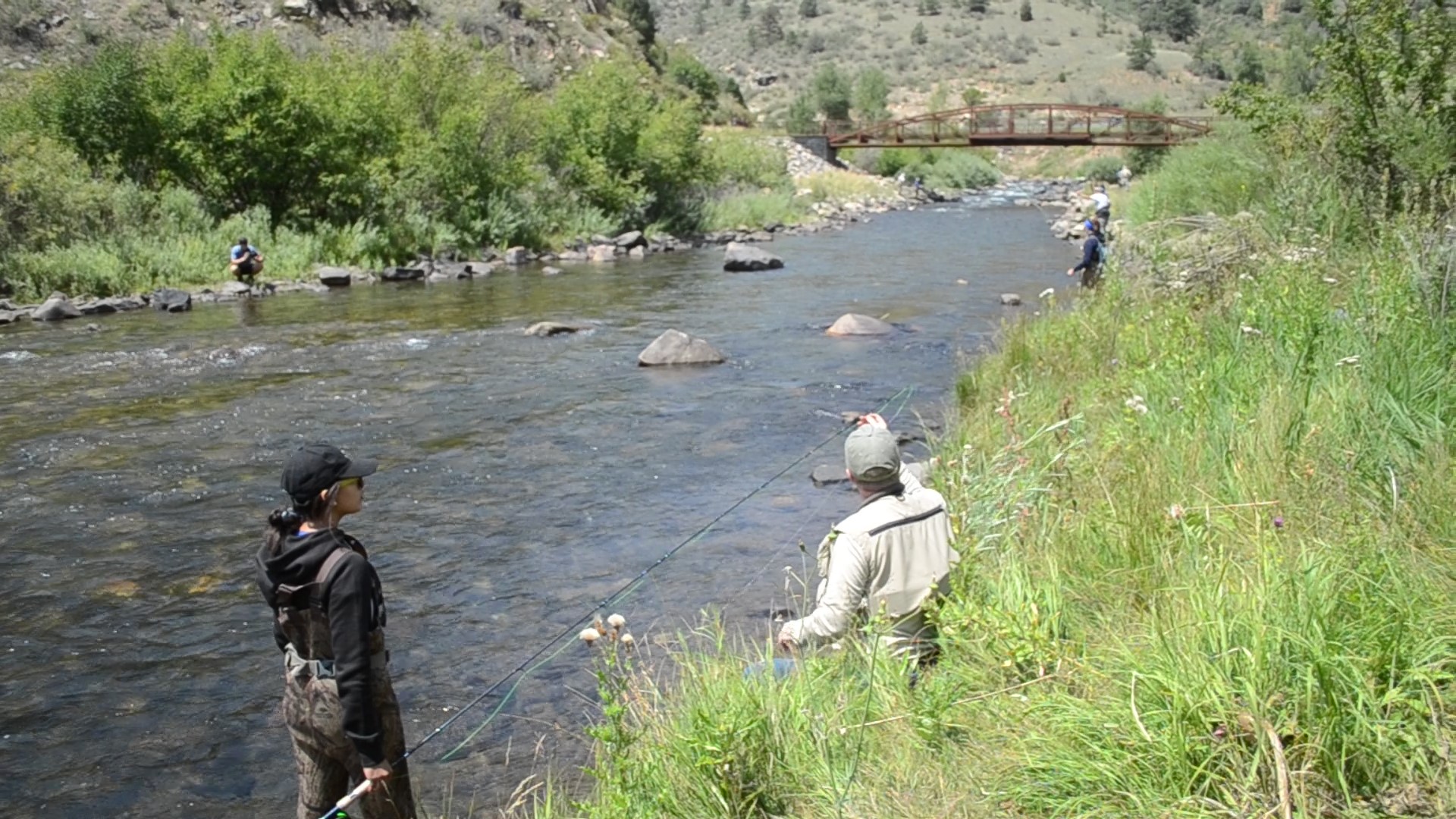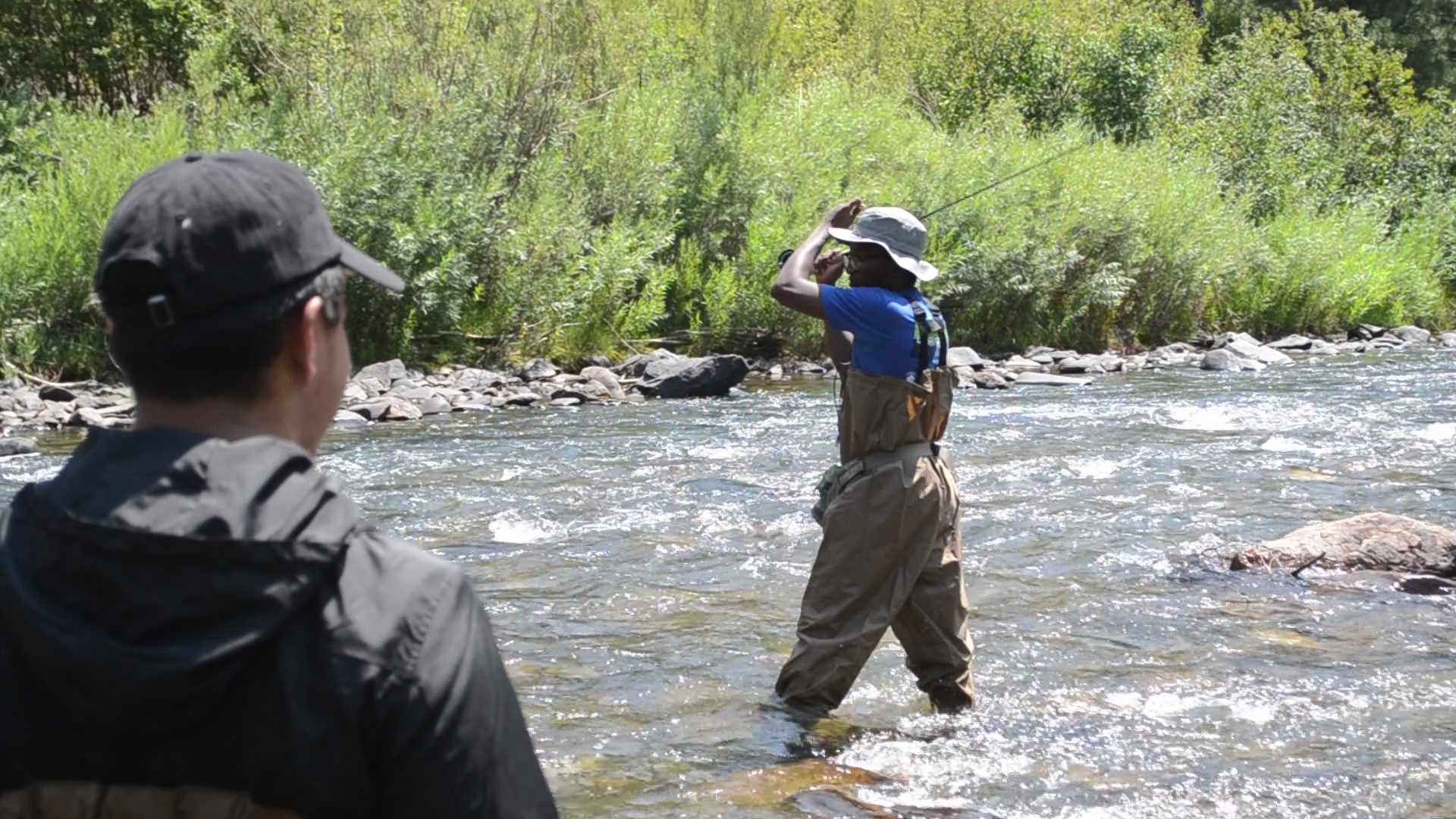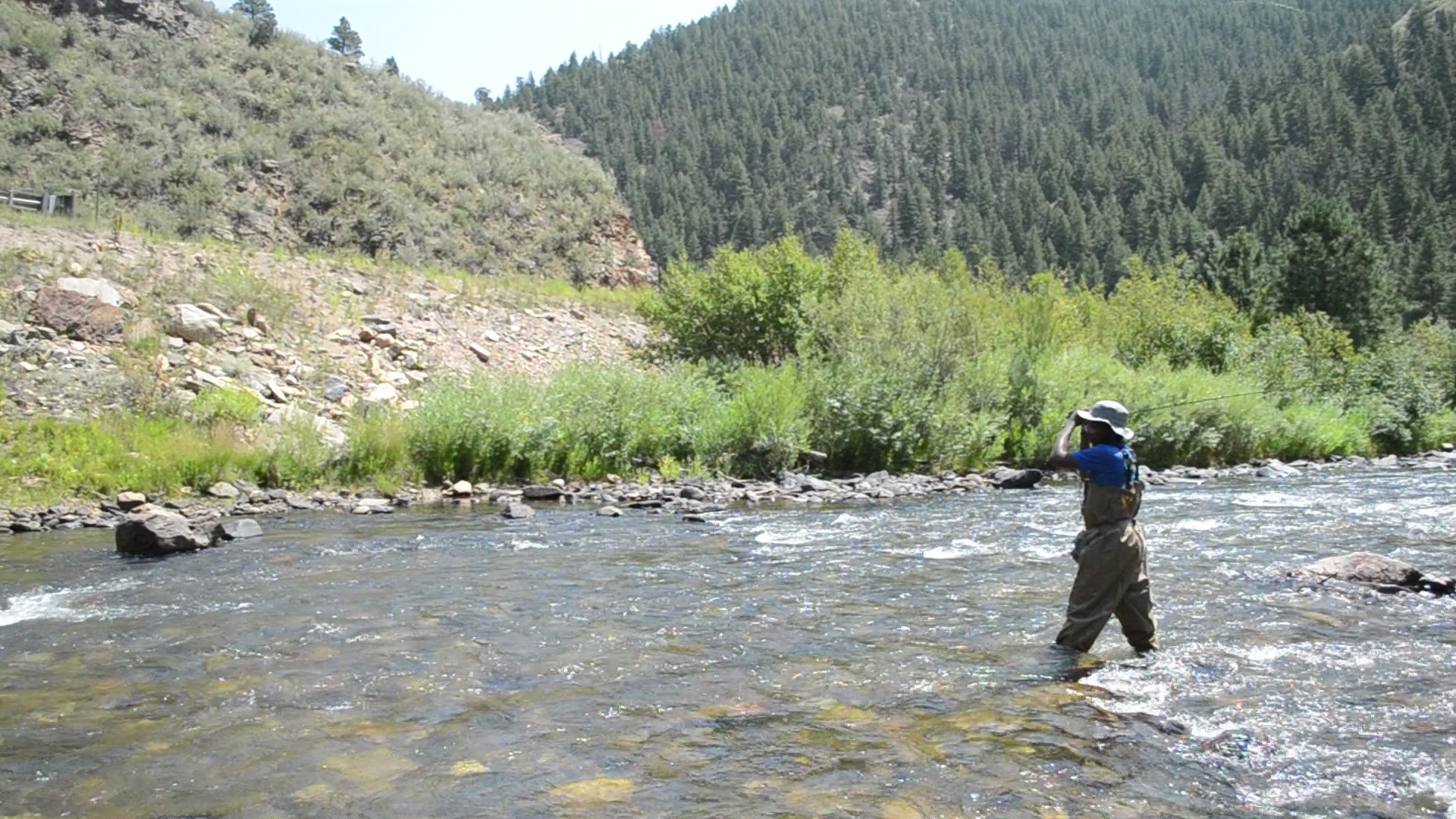In 1872, President Ulysses S. Grant named 2 million acres of land in the northwest corner of the Wyoming territory, Yellowstone, the world’s first national park. President Theodore Roosevelt protected 230 million acres of public land and created the U.S. Forest Service to promote the “wise use” of national forests. President Nixon signed into law the Clean Water Act, the Clean Air Act, and the Endangered Species Act. President H. W. Bush strengthened the Clean Air Act and helped solve the scourge of acid rain.
All these men were, of course, Republican presidents.
What our nation needs today from true conservatives is reaffirmation of a conservative conservation agenda, a set of commonsense policies (such as protection of public lands and clean water) that all Americans can rally behind. This agenda would be guided by a few key principles that should strike a chord with right-leaning Americans:
Where taxpayer dollars are spent, they should be leveraged and spent efficiently. Spending that encourages private philanthropy and state funding should be a priority. For example, in Pennsylvania over the past decade, my organization received approximately $1 million in Chesapeake Bay Program funding and used that to leverage an additional $4 million in investment from private philanthropists and state programs.
The most durable efforts are local. Government is more effective at a local level. So, too, with conservation. Witness then-Gov. Jim Risch — another Republican, by the way — leading a collaborative process in 2006 to protect nearly 9 million acres of public land in his state of Idaho.
Address issues before they become festering problems. Anticipating opportunities is more effective than cleaning up messes. For example, Congress should act on a bill to treat renewable energy development on public lands as a leasable mineral, just like oil and gas, thereby creating a revenue stream for states and counties, and to support restoration work. Demand for renewable energy on public lands is low today, but it will not be in 20 years.
Public efforts should be in the service of critical social needs. Reconnecting rivers to their floodplains, getting rid of obsolete dams, and repairing culverts is great for the fish we anglers love to catch, but it also protects communities and infrastructure from flooding while providing thousands of family-wage jobs. Proactively addressing these risks is fiscally conservative: Every $1 invested in disaster preparedness saves $6 in disaster recovery costs.
Progress is possible. A prime example: Without a single dissenting vote, the House of Representatives last year passed a bill that would make it easier for local communities, mining companies, and nonprofits to clean up abandoned coal mines. The Senate should follow the leadership of nearly the entire Colorado delegation, and support a bill that extends that idea to apply to the clean-up of the tens of thousands of abandoned gold and silver mines in the West that are polluting many of our headwaters.
Conservation is the single most optimistic and affirmative idea that conservatives gave America. What could be more conservative than taking collective action today to make the world a better place for our kids tomorrow?"
Chris Wood is president and CEO of Trout Unlimited, which is dedicated to protecting, conserving, and restoring North America’s trout and salmon fisheries and their watersheds.



